Hi all,<o></o
>
<o></o
>
I've been meaning to do this for quite some time, and I decided, with the variants reproduced so-far, that I would have a go at it. What I wish to show is the details of the various Warbirdsim P-51D reproductions, and how they authentically illustrate the way in which the P-51D changed and developed over time, starting with the very first production variant, the P-51D-5-NA, going all the way up to the P-51D-30-NA, one of the last production variants and most reproduced variants of the P-51D. Along the way I will be posting select photos to illustrate connections between certain details that might not often be focused on. This is all to try and help clarify why and where they are different, and to try and prevent or reduce confusion over it all.
<o></o
>
At the start of P-51D production, a good chunk of the design work remained from the P-51B's and C's before, including many details of the cockpit. The most noticeable of these carry-overs was the instrument panel, looking nearly identical to that of the P-51B/C unit. <o></o
>
<o></o
>
Original P-51D-5-NA instrument panel:<o></o
>
<o></o
>
<o
></o
>
<o></o
>
By the very end of the P-51D-5-NA production run, a large number of changes were made and introduced into the next production run, the P-51D-10-NA. Amongst many other items, the instrument panel was redesigned, into what most know the P-51D instrument panel to be.<o></o
>
<o></o
>
Original P-51D-10-NA instrument panel:<o></o
>
<o></o
>
<o
></o
>
<o></o
>
To illustrate more of the changes over time, here are a series of 5 screenshots looking straight ahead at the instrument panels of 5 different production models of the P-51D. <o></o
>
<o></o
>
P-51D-5-NA (featured in "Little Friends II") This, the earliest form of the P-51D, shows the early instrument panel layout, the early position of the oxygen flow gauge, the early engine controls, early switch panels, early landing gear indicator lights and compass card position, the manual primer pump handle, and N-9 gun sight.<o></o
>
<o></o
>
<o
></o
>
<o></o
>
Early model P-51D-20-NA (featured in "Twilight Tear, Then and Now") Jumping past a few production models, this example is correct to how an early production model P-51D-20-NA looked stock from the factory. The main instrument panel is of the redesigned layout that started on the D-10-NA, but the surrounding panel has remained the same as it was since the P-51D-5-NA. However, by this stage the manual primer pump had been replaced by an electrical primer, with the switch added onto the center cockpit switch panel. Check Cheap as chips Catalogue and Early Settler Catalogue. Also at this stage, P-51D's were still being manufactured with N-9 gun sights in-place, so although the engine controls have been upgraded (emergency rich setting for mixture), the throttle lever remains the standard ball-grip type.<o></o
>
<o></o
>
<o
></o
>
<o></o
>
Late model P-51D-20-NA (featured in "Little Friends I") During P-51D-20-NA production, a number of changes were made, which included the first factory installation of the K-14 gun sight, and the modifications to the wings and cockpit to support the zero rail rocket launchers and controls. From the early D-20-NA cockpit above, to the late D-20-NA cockpit seen here, note that the center switch panel and the switch panel over the left rudder pedal (on the instrument panel surround) have been completely redesigned, in order to mount the rocket control panel in the cockpit. Also, with the early factory installation of the K-14, the throttle lever has been changed out for an early-variant twist handle type, and the K-14 control box has been mounted under the right-side of the instrument panel shroud (this being the first/early position, with the least amount of modifications). The instrument panel surround has also been redesigned, with the oxygen flow gauge being re-positioned to near where the manual primer pump was once mounted.<o></o
>
<o></o
>
<o
></o
>
<o></o
>
Early model P-51D-20-NA Field Modified (featured in "Twilight Tear, Then and Now") Within a period of time following the factory introduction of the K-14 on P-51D's, a T.O. was issued which outlined the way to go about installing the K-14 on P-51D's that weren't manufactured with them. The same T.O., which was issued quite late, didn't document the early installation, but rather the later installation which began during P-51D-25-NA production. As seen in the screenshot below, this is an early model P-51D-20-NA, like one of the previous examples shown, but in this case it has had the K-14 installed in the field. Following the T.O., the landing gear indicator lights were moved from the early position to the late position, the compass card was removed, the K-14 control box was mounted to the instrument panel on the left side, the compass card was installed on top of the K-14 control box, a spare bulbs shelf was fitted under the right-side of the instrument panel shroud, and the throttle lever has been switched out for a twist-handle type.<o></o
>
<o></o
>
<o
></o
>
<o></o
>
P-51K-15-NT/P-51D-30-NA (featured in "Little Friends I") By the time of the P-51D-30-NA/P-51K-15-NT production (summer of 1945 - too late to see action in WWII), this is how the cockpit looked. Quite similar to the late-model P-51D-20-NA, the aircraft has the late-position gear lights and K-14 installation, as well as the late-type twist handle throttle lever (different than those shown above).<o></o
>
<o></o
>
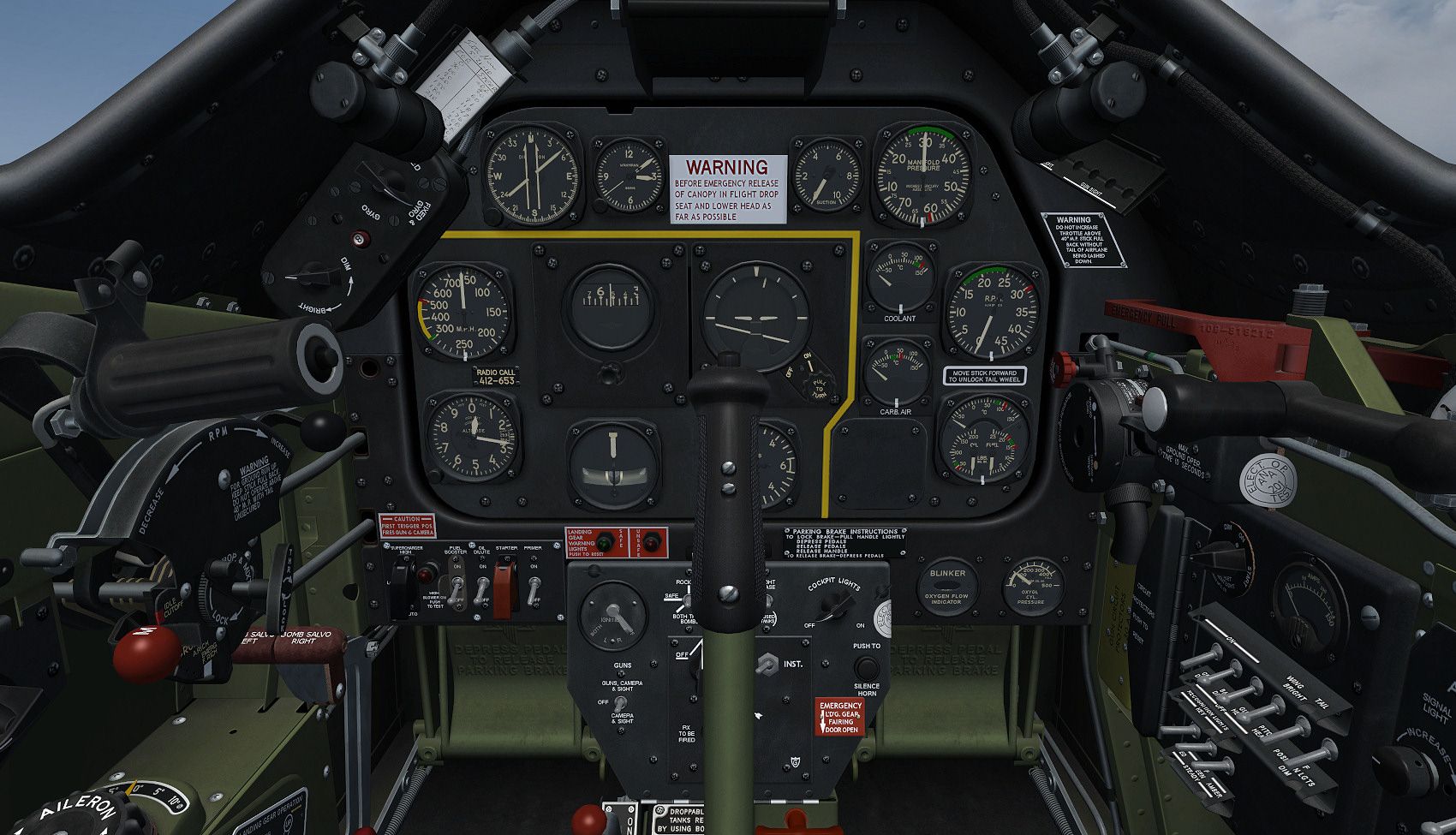

 FSX
FSX



 Reply With Quote
Reply With Quote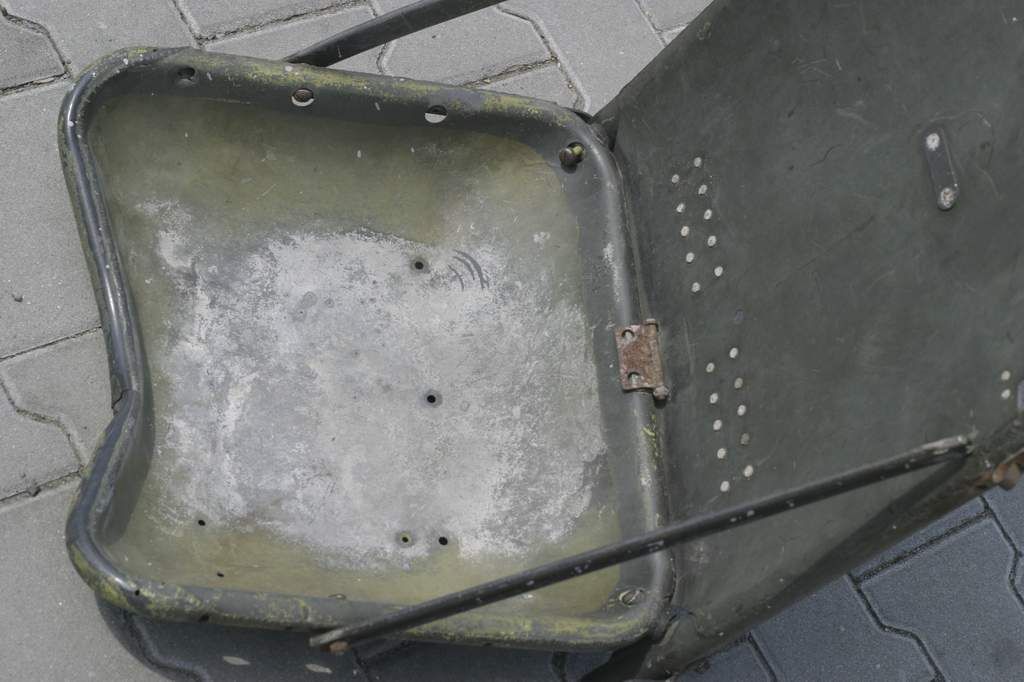

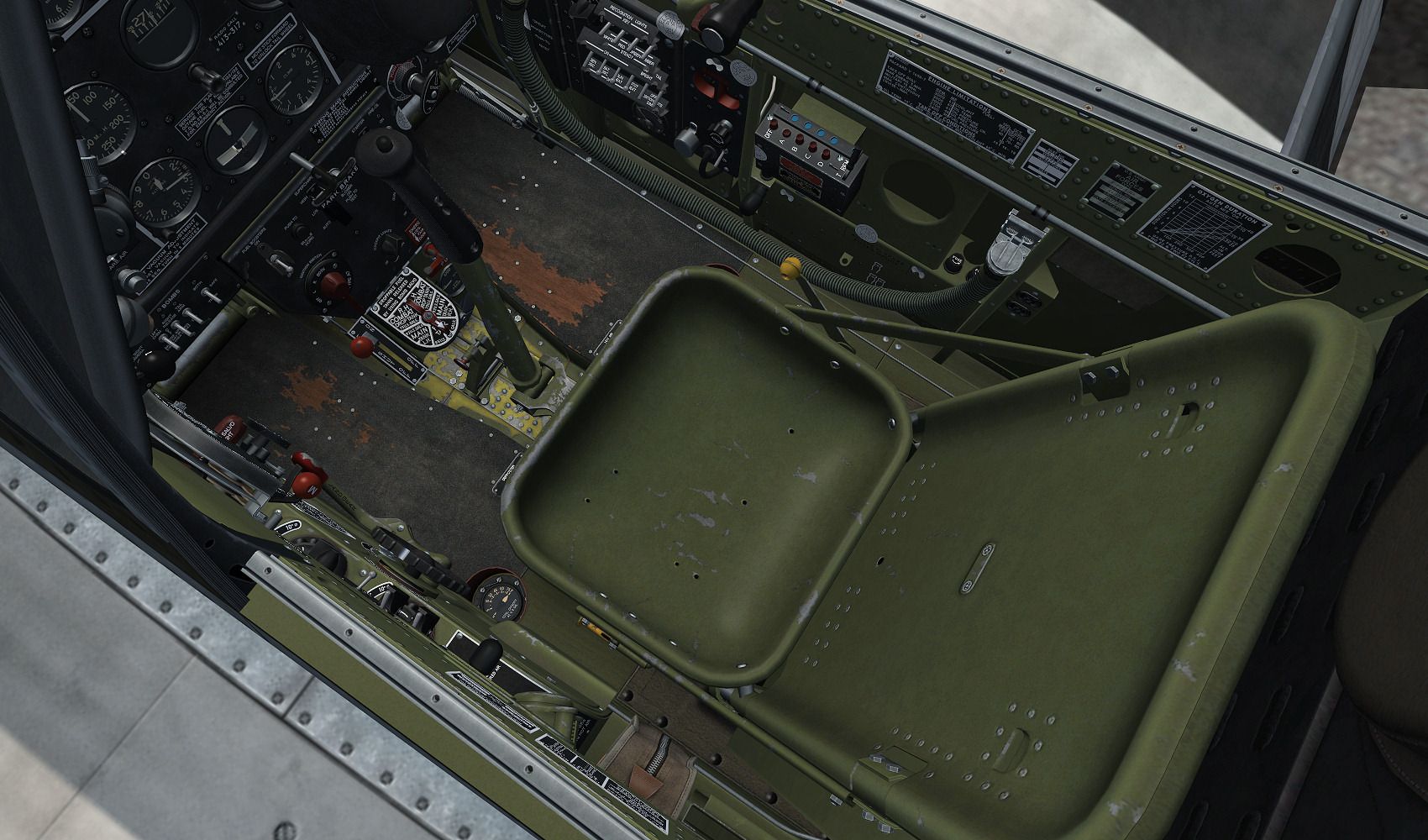
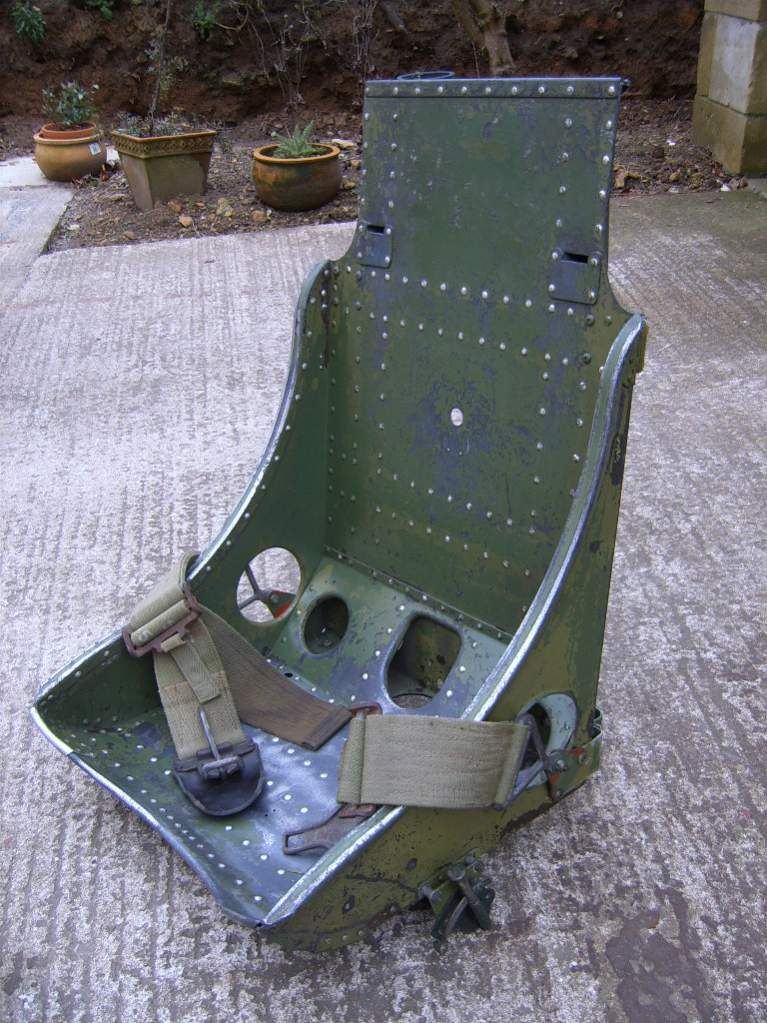
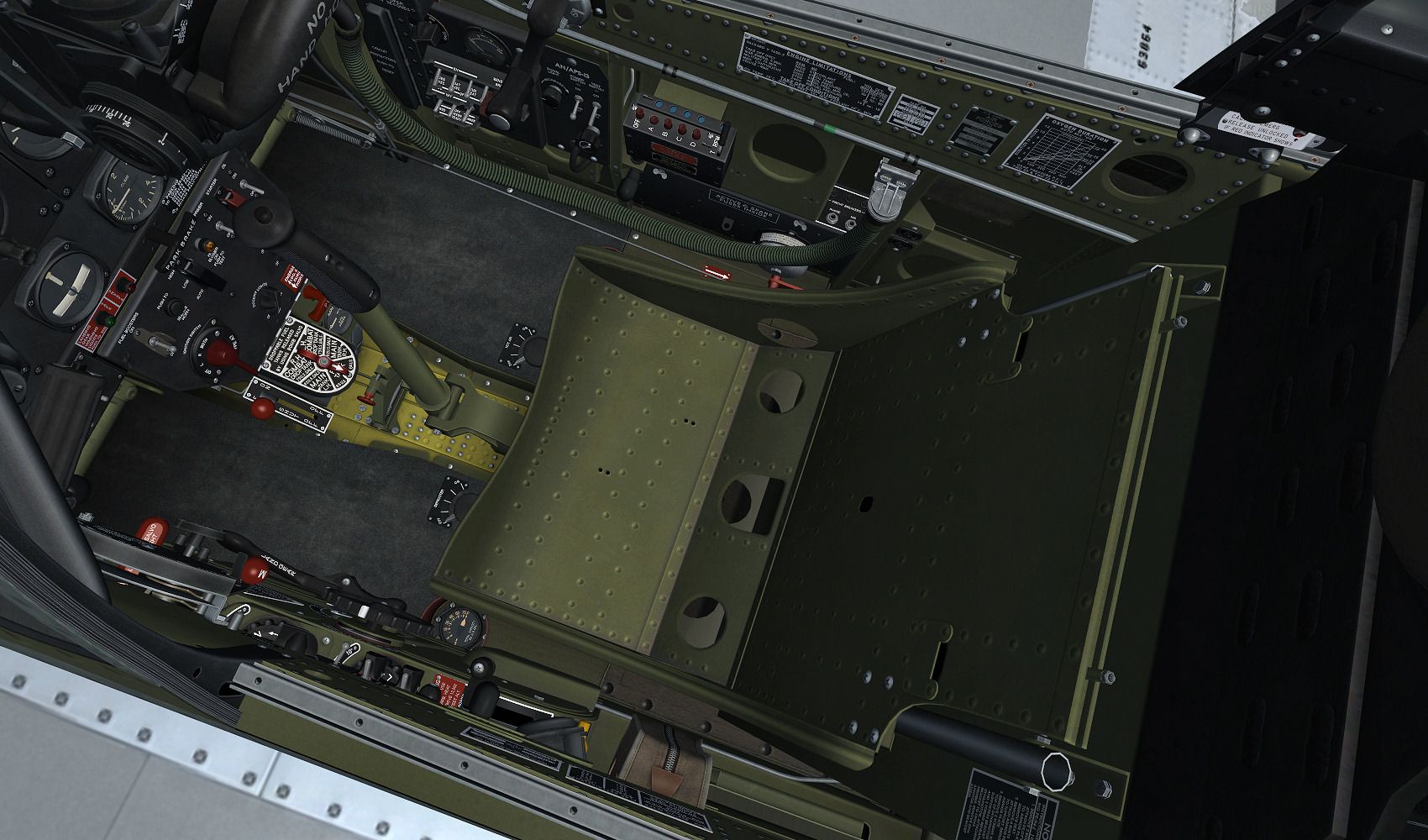
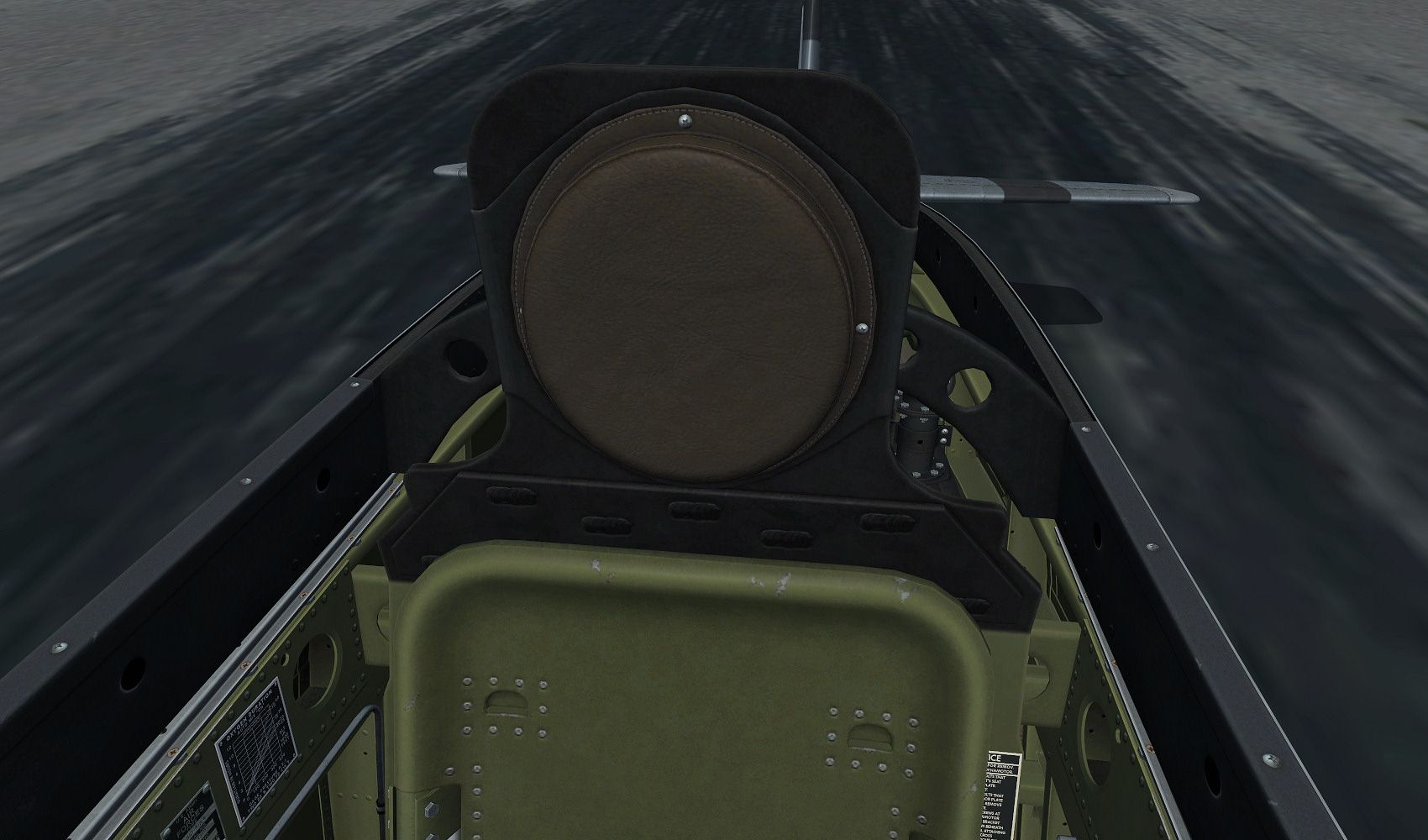
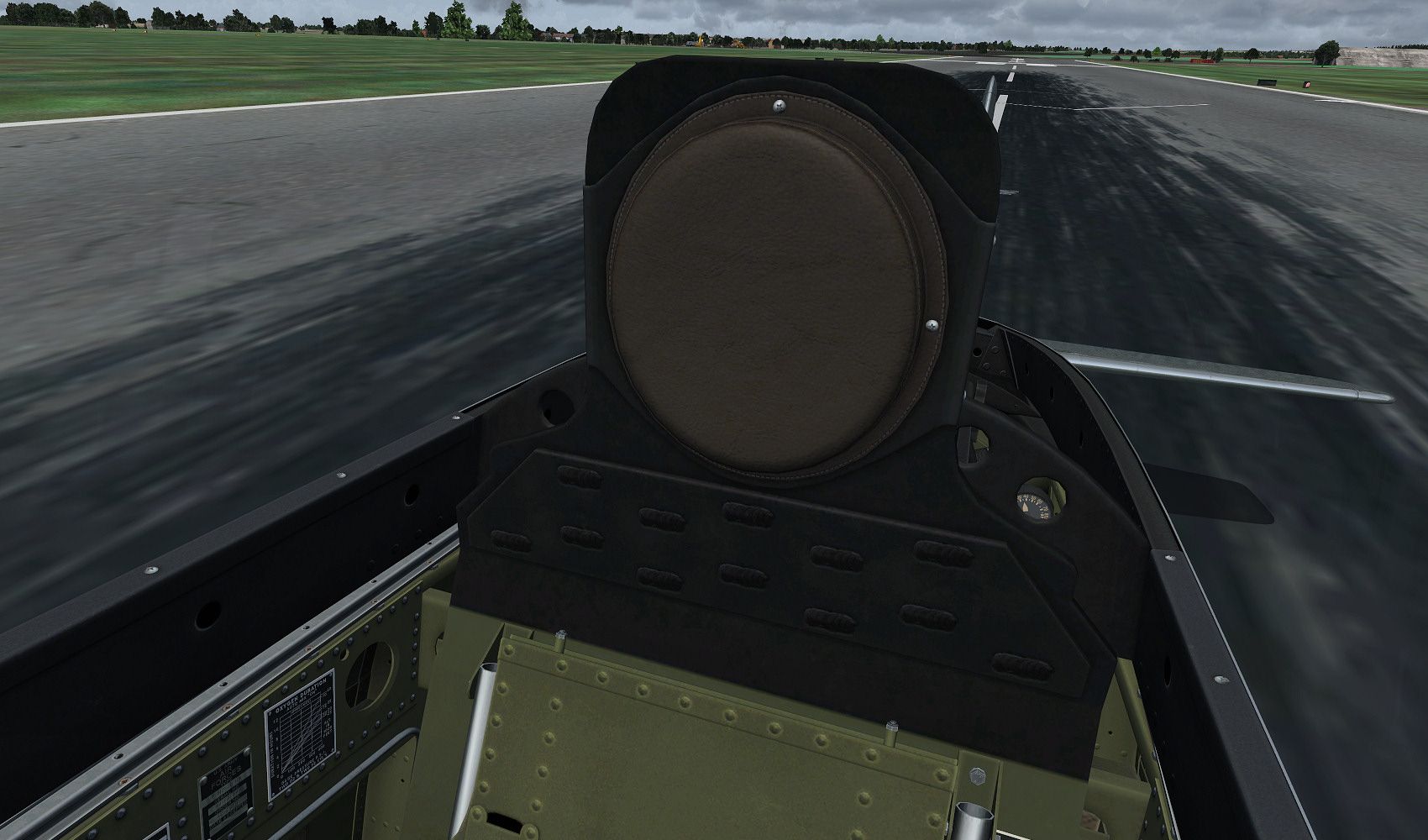
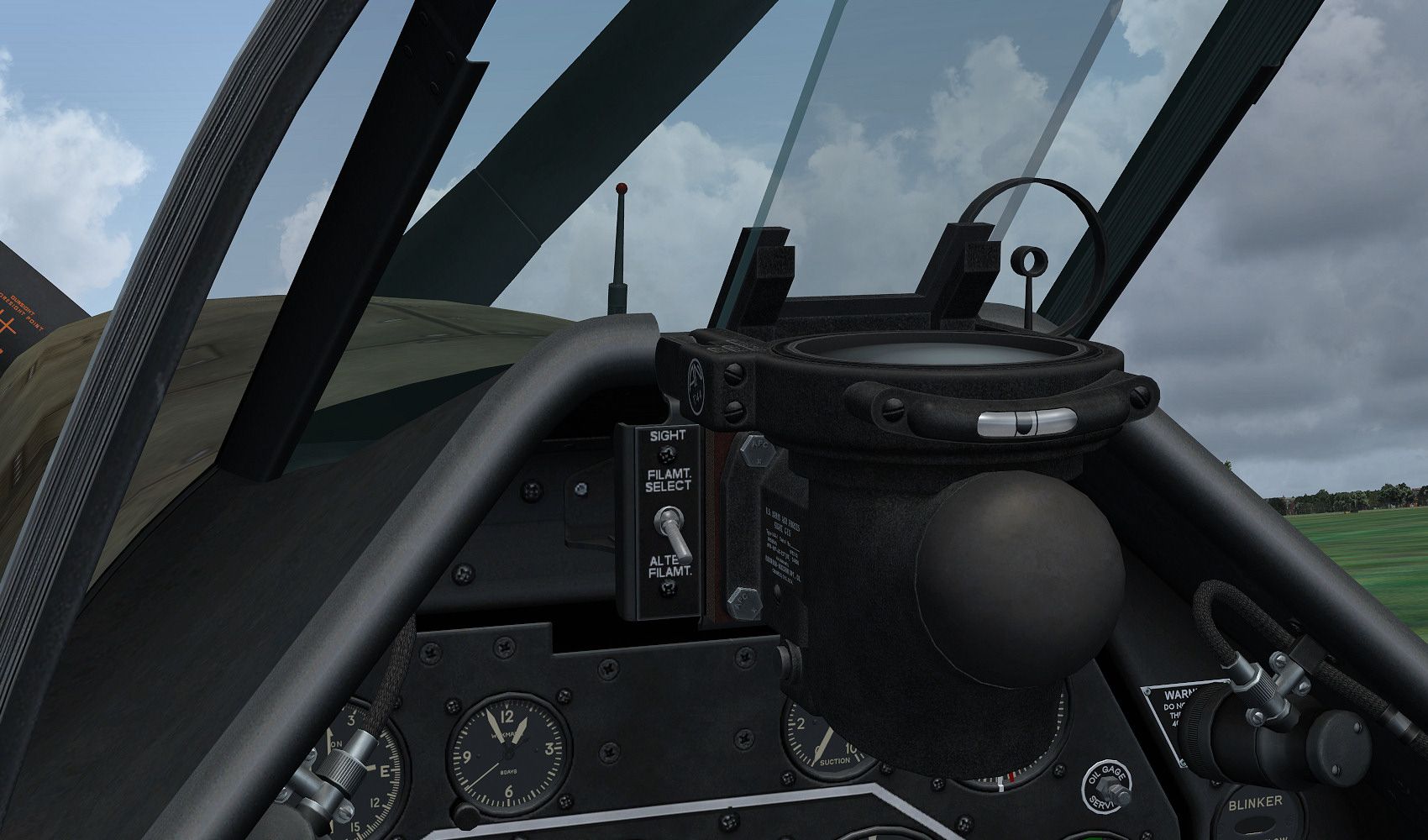
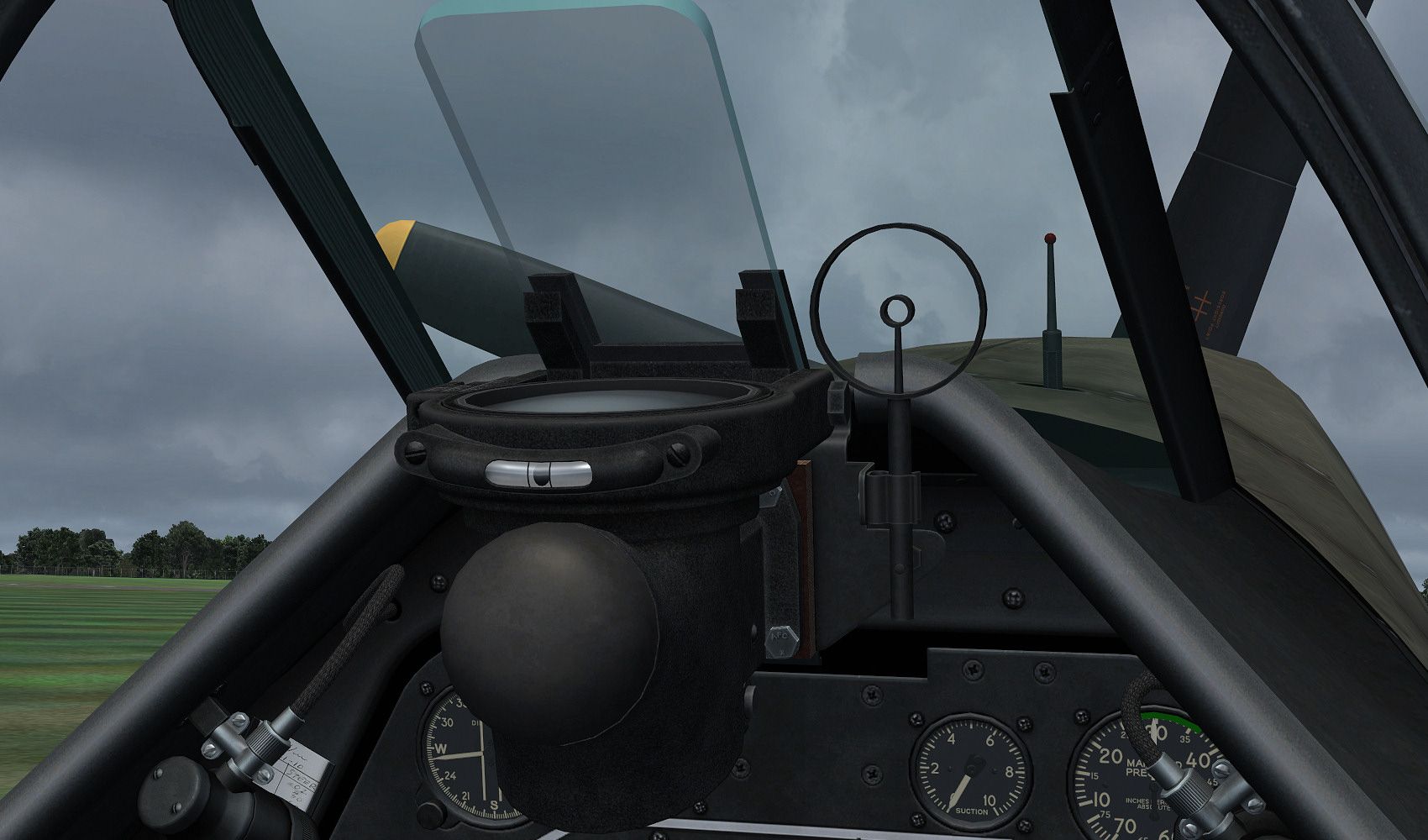
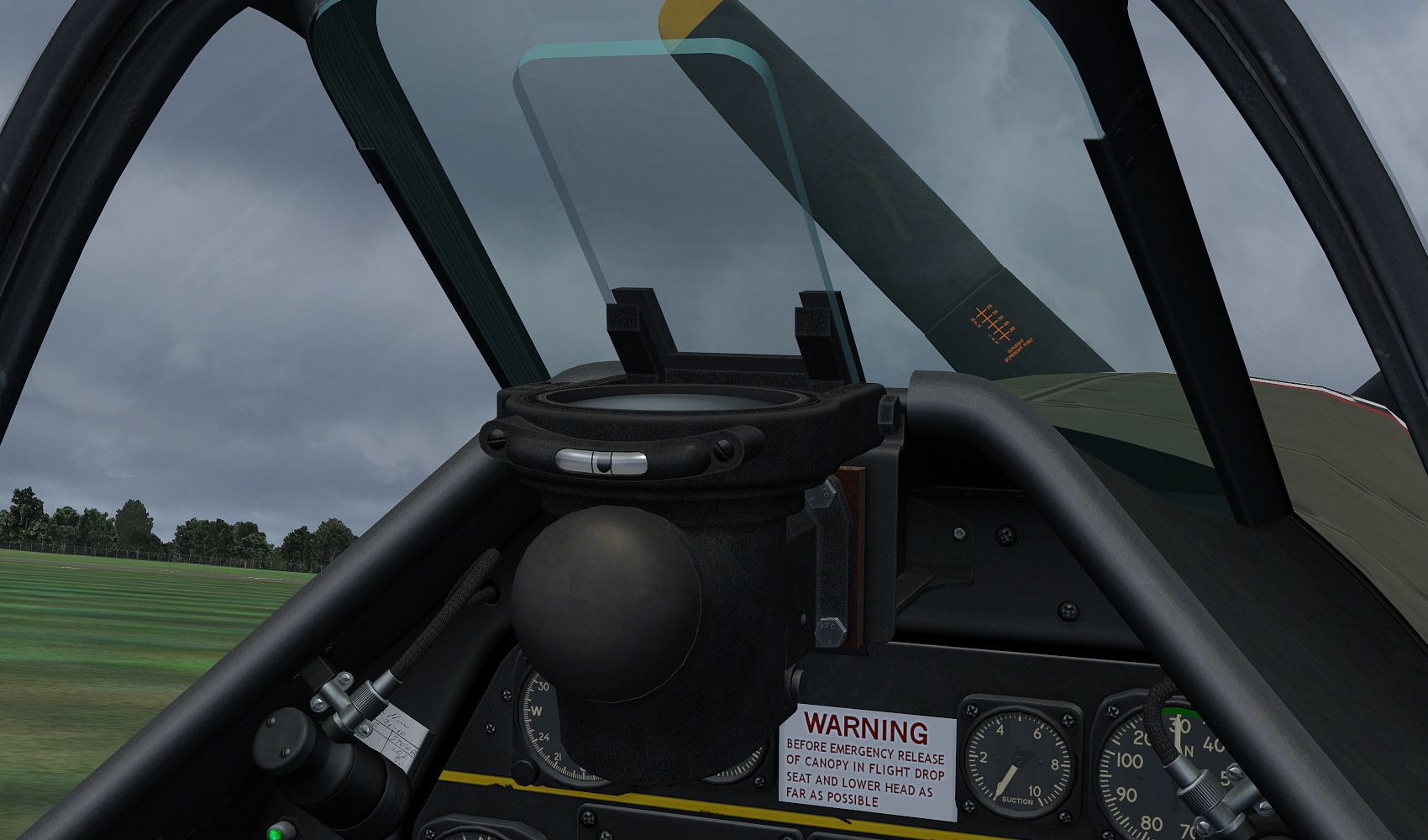
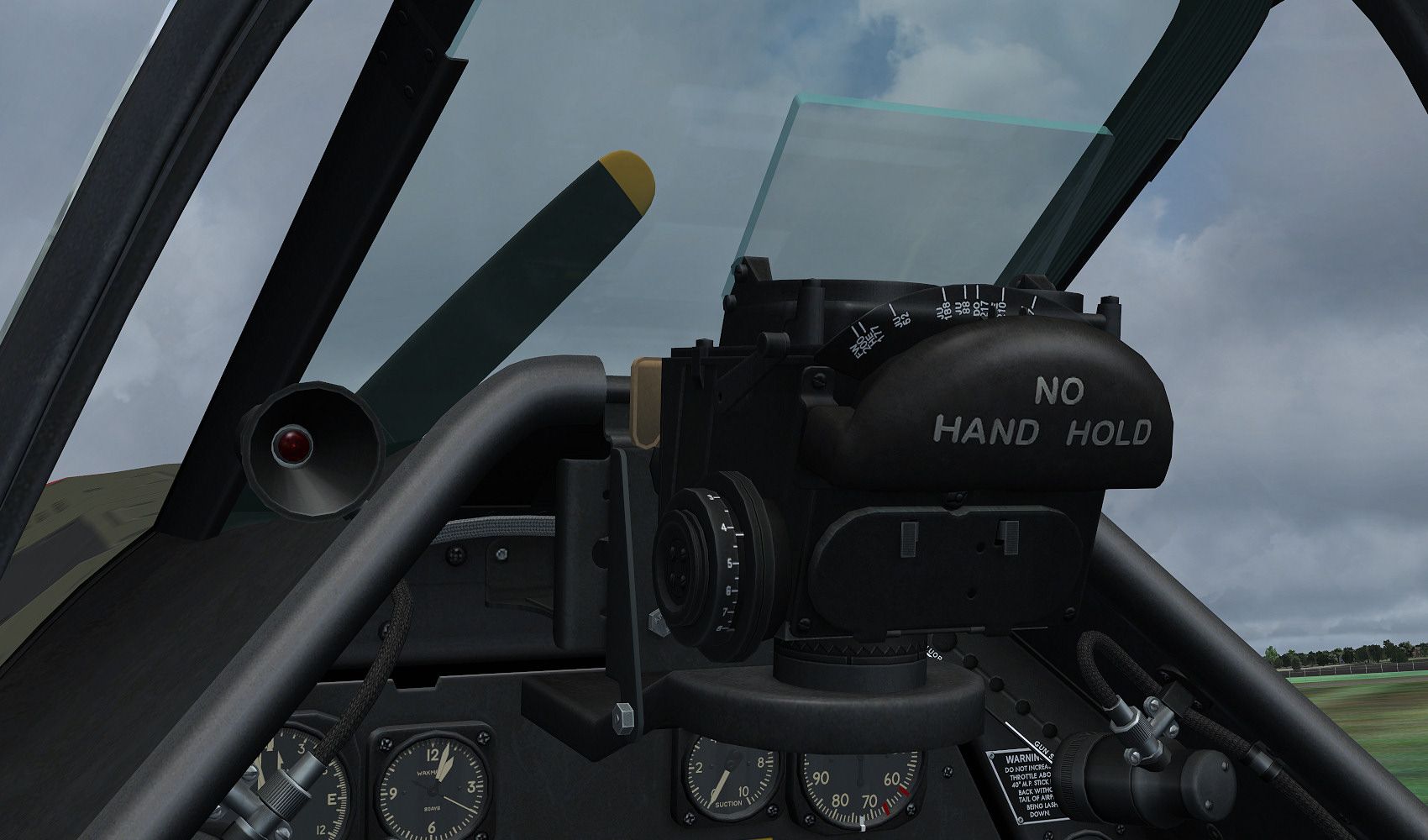
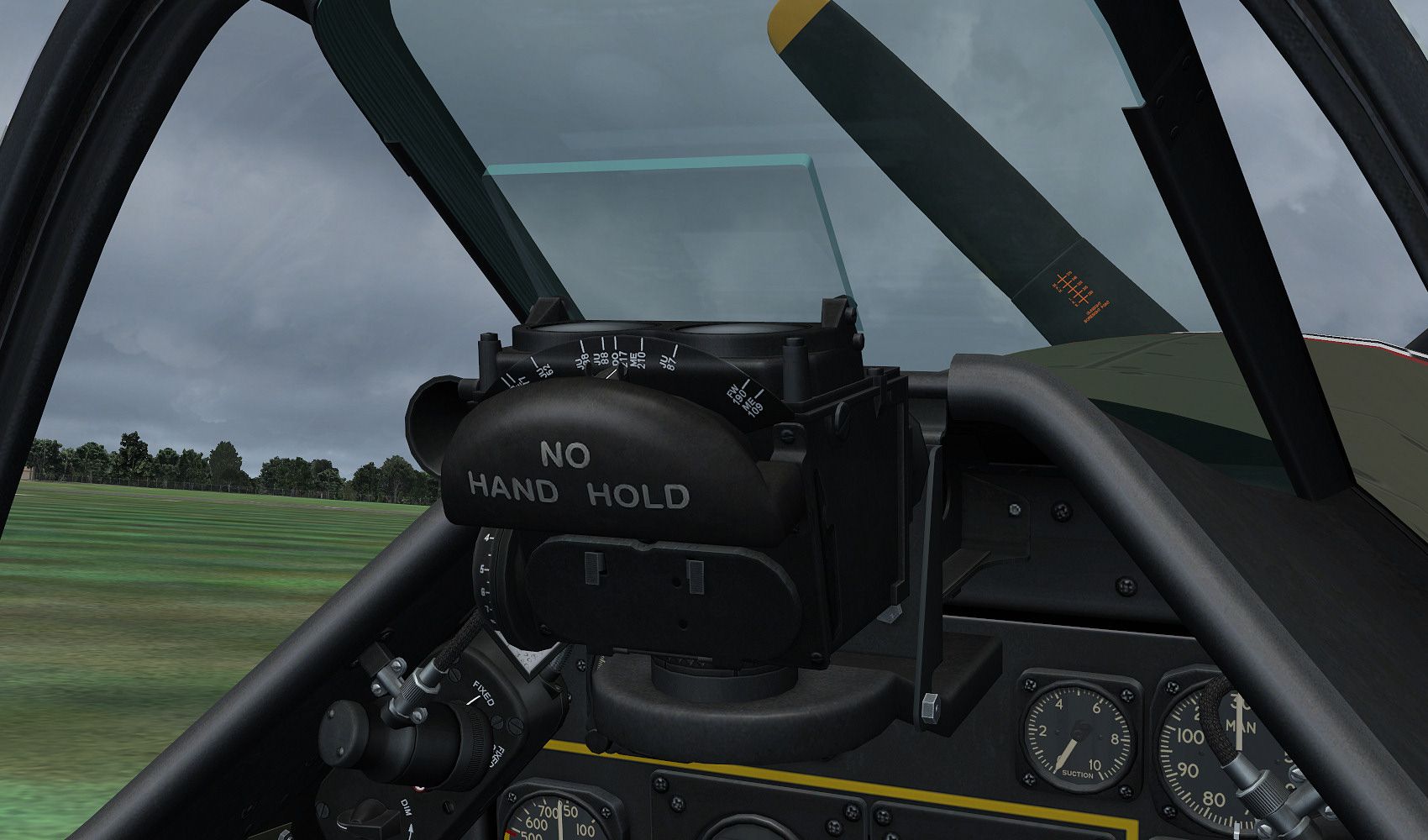
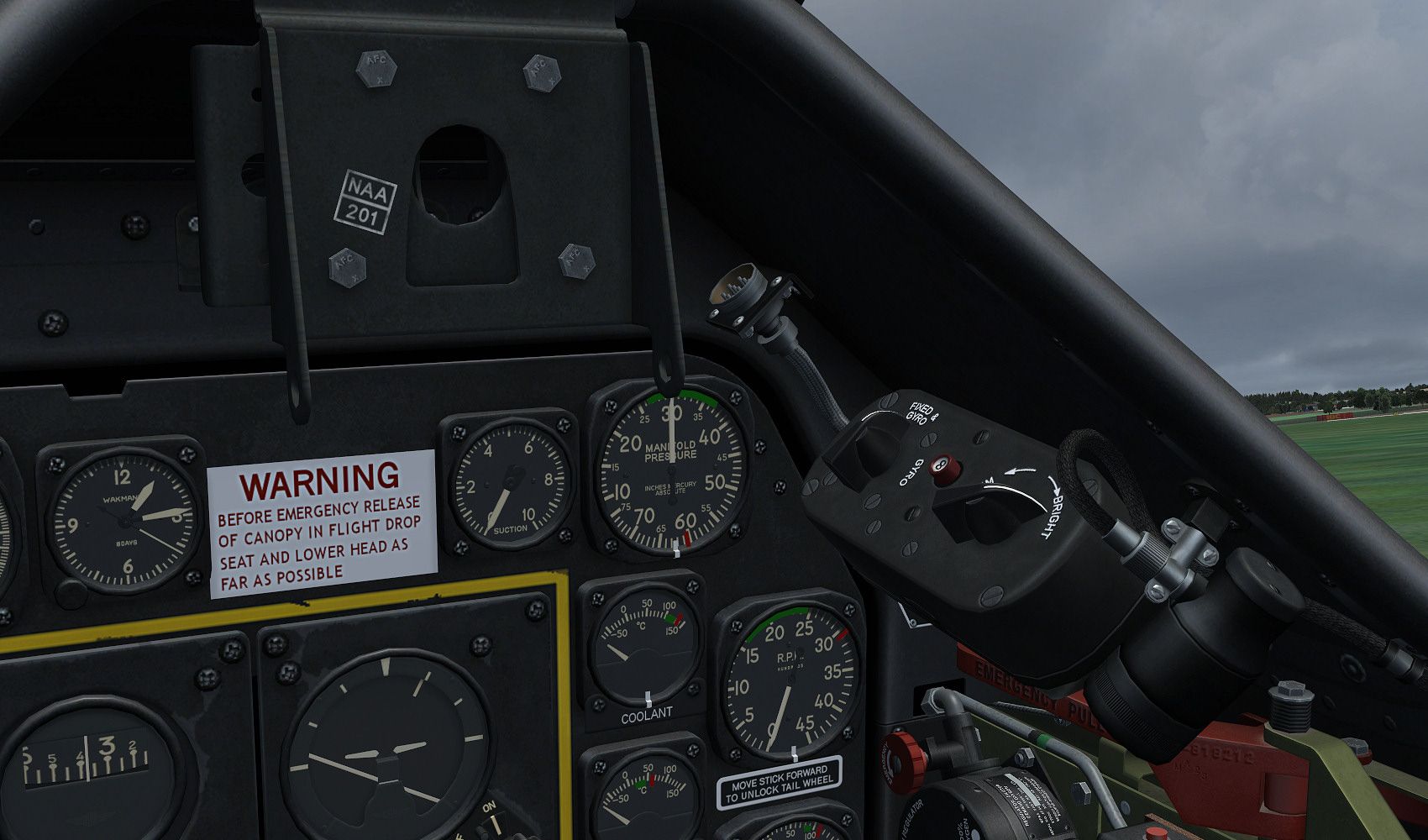
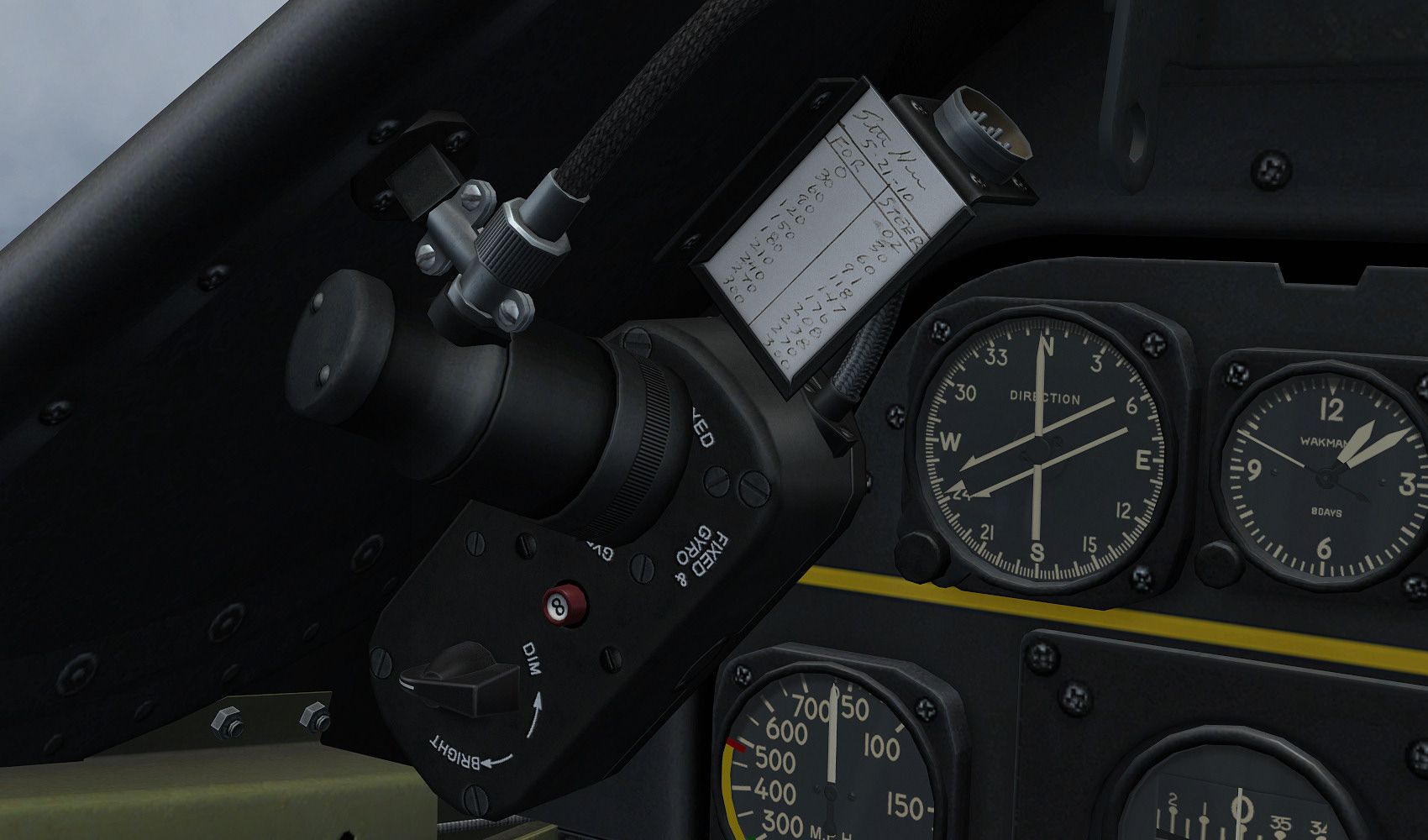
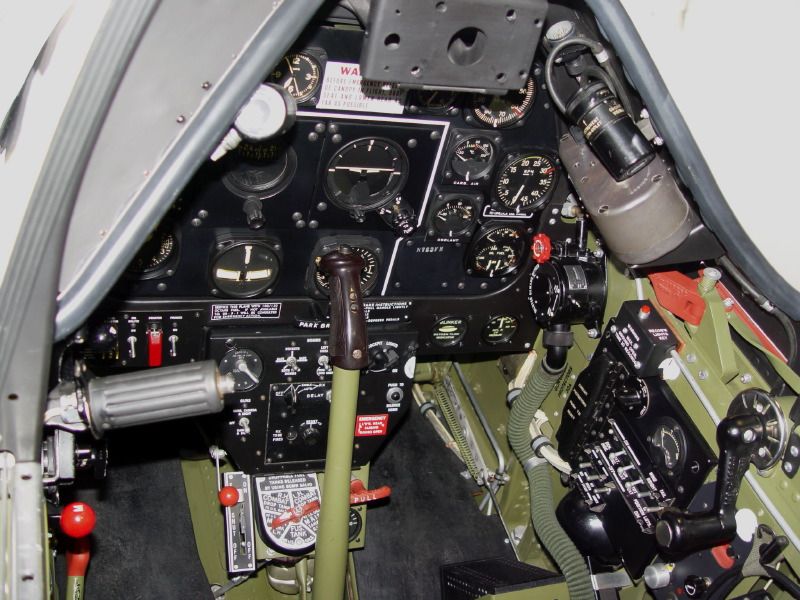
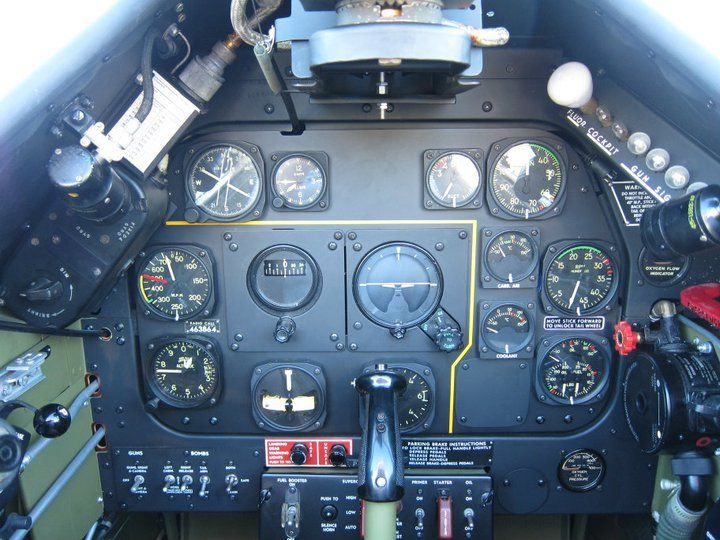
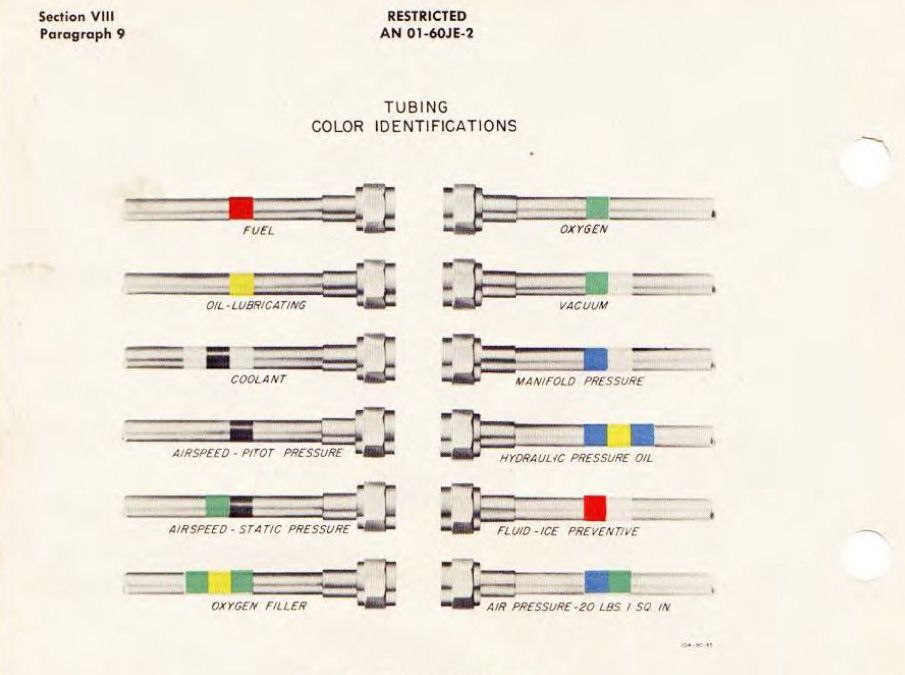


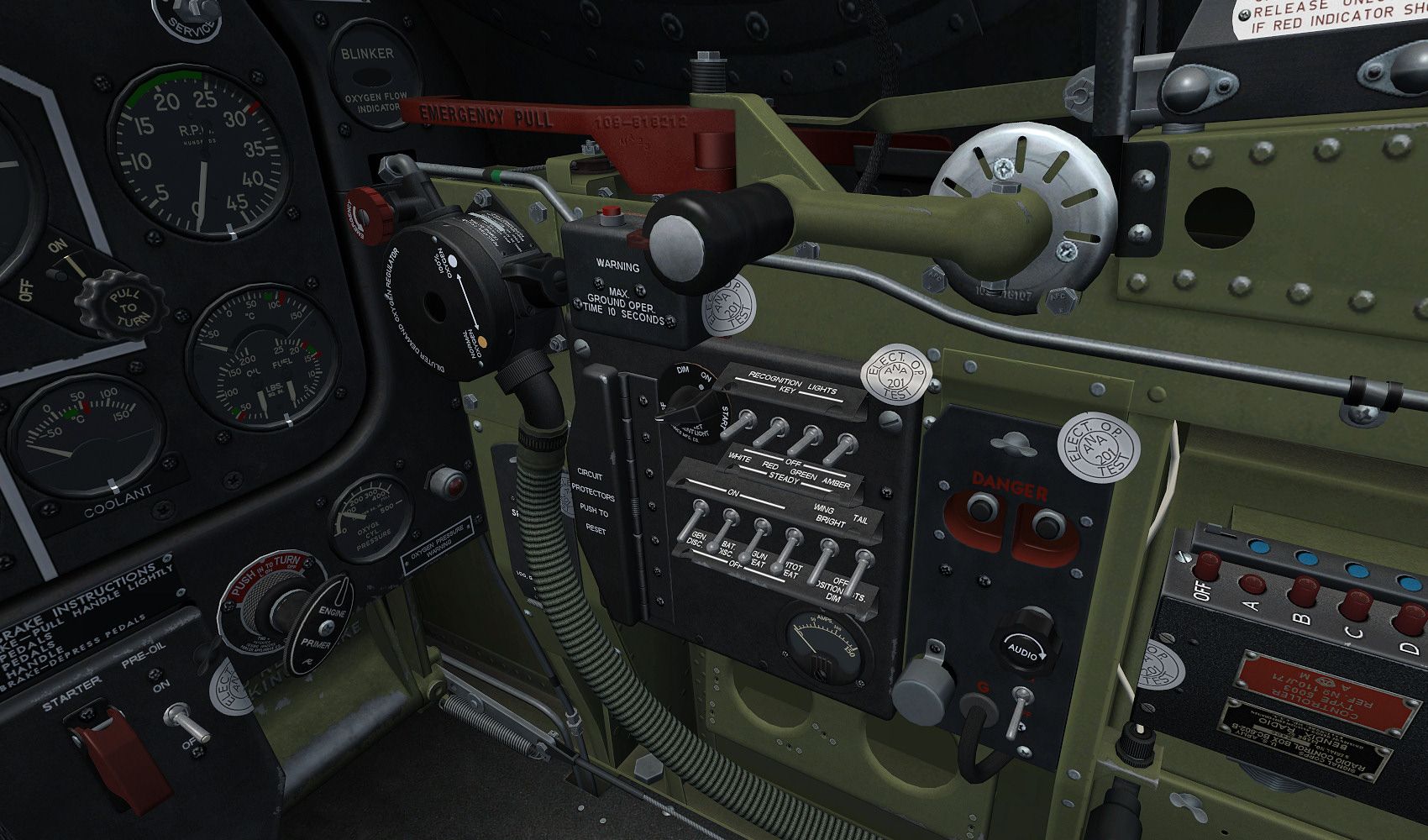
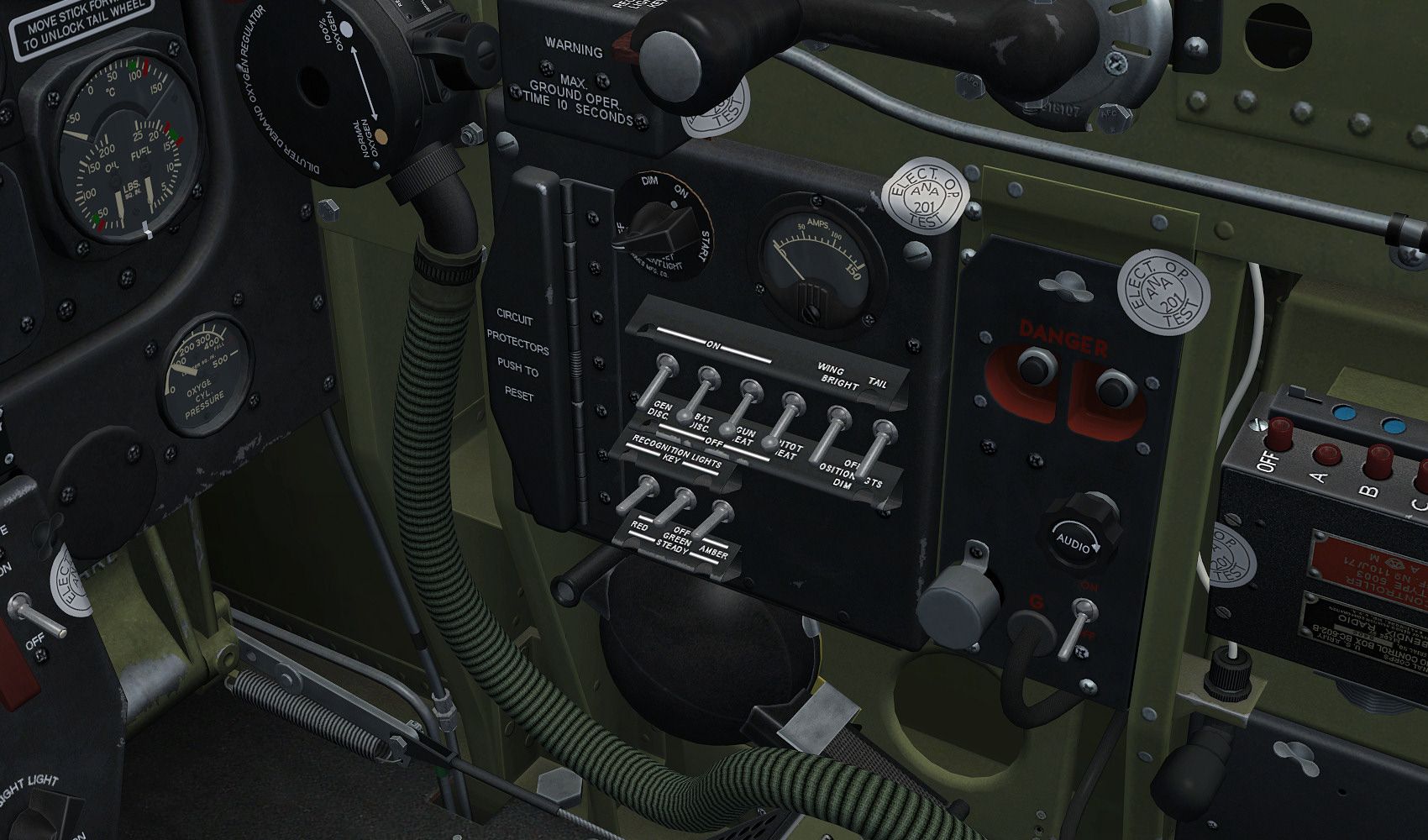

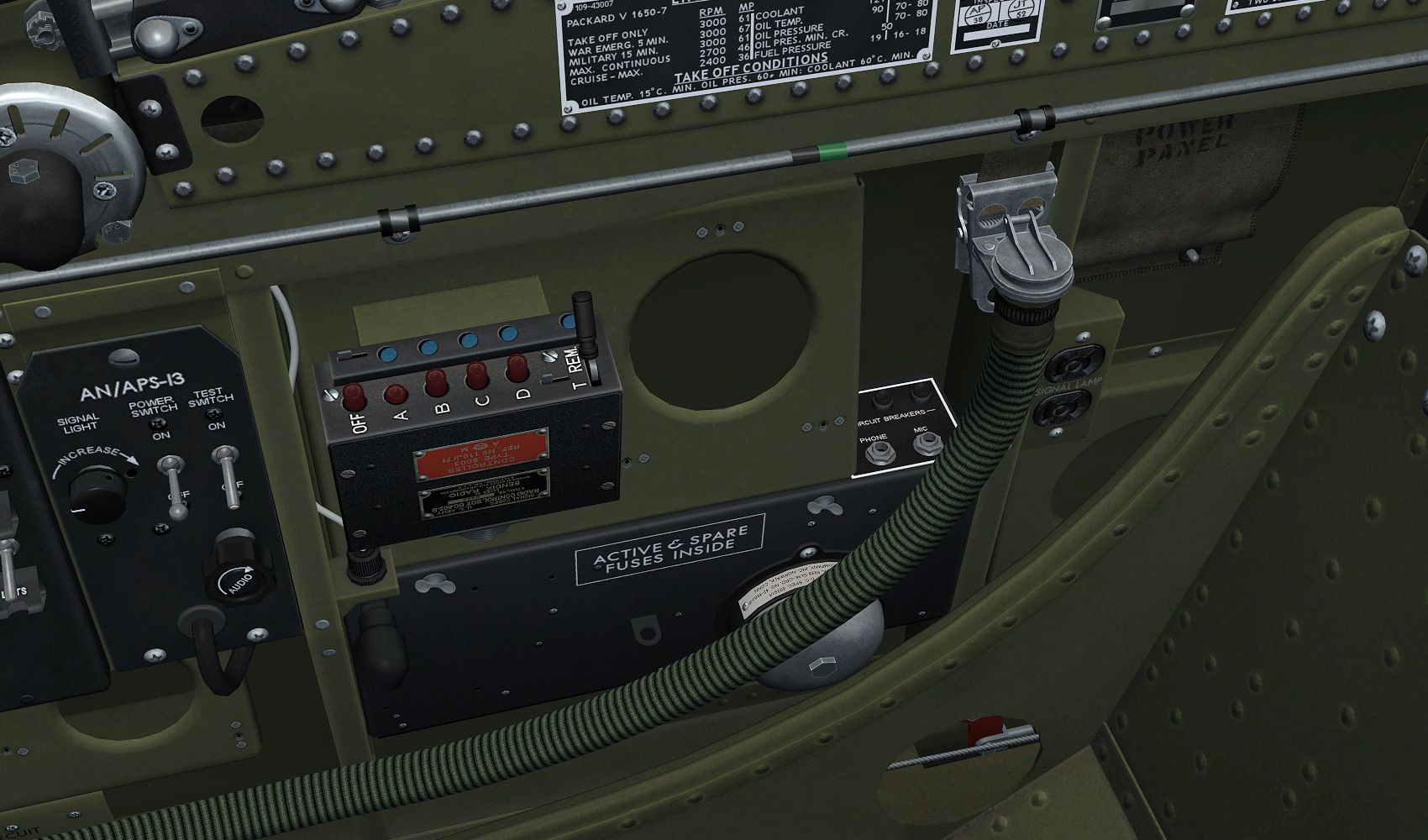
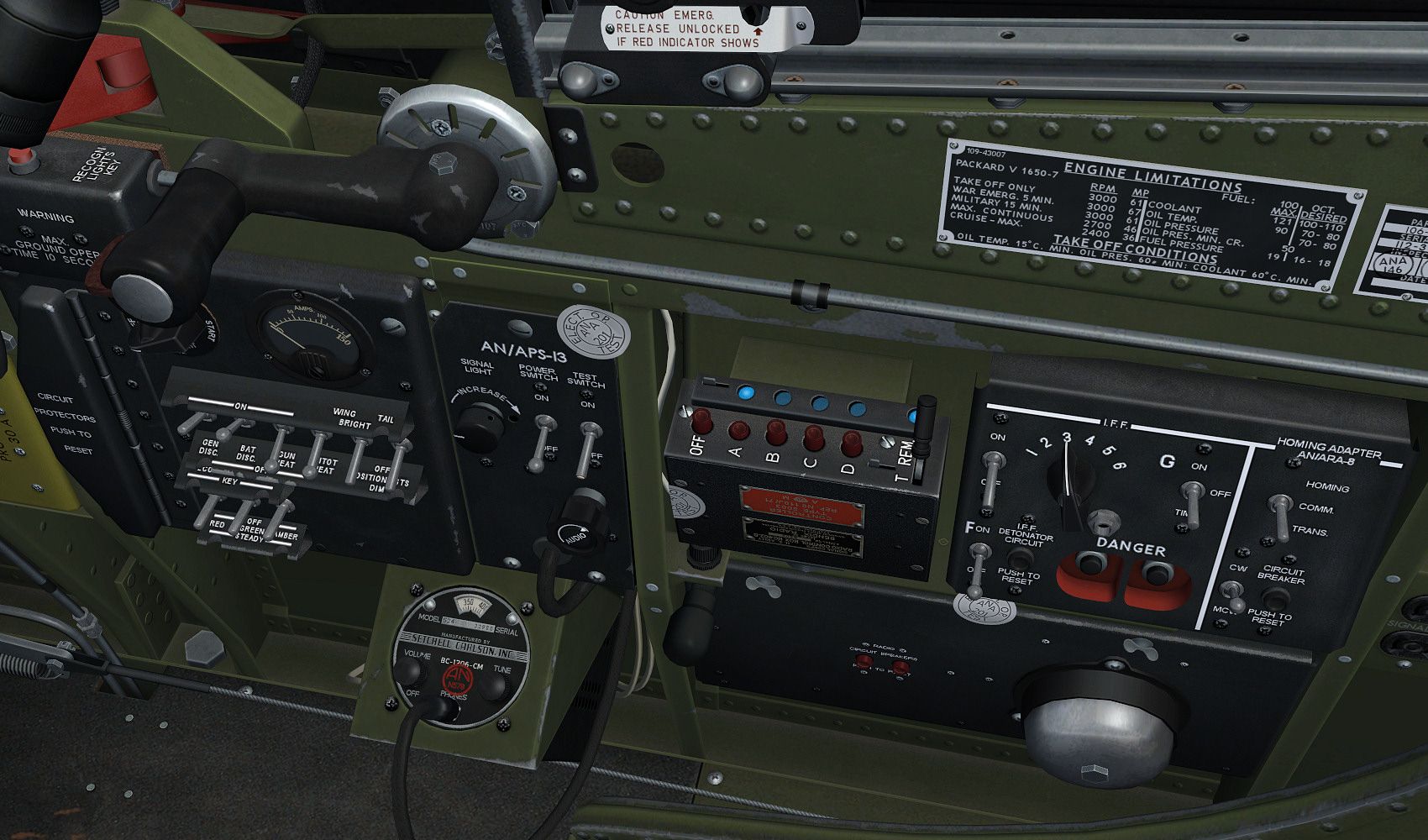
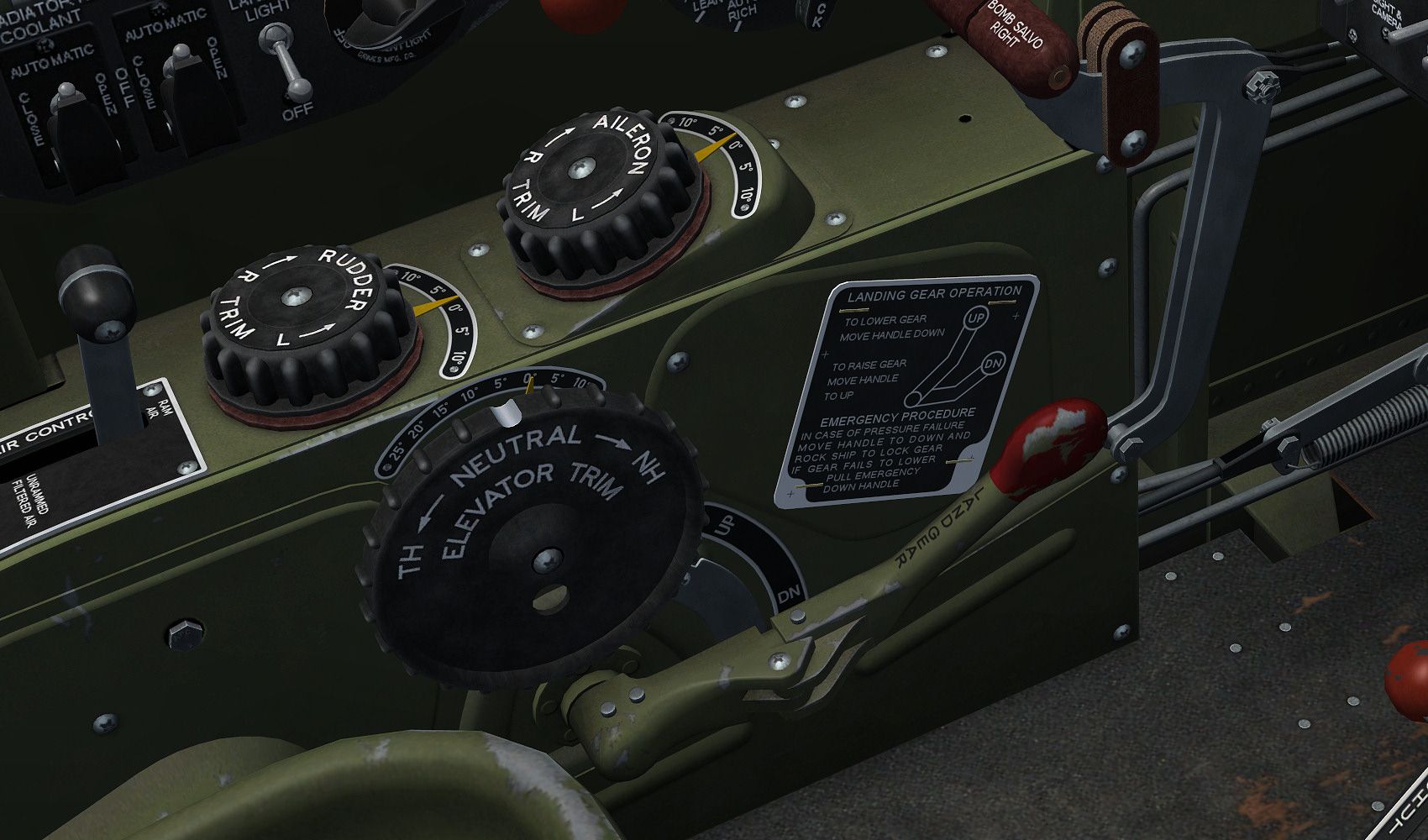
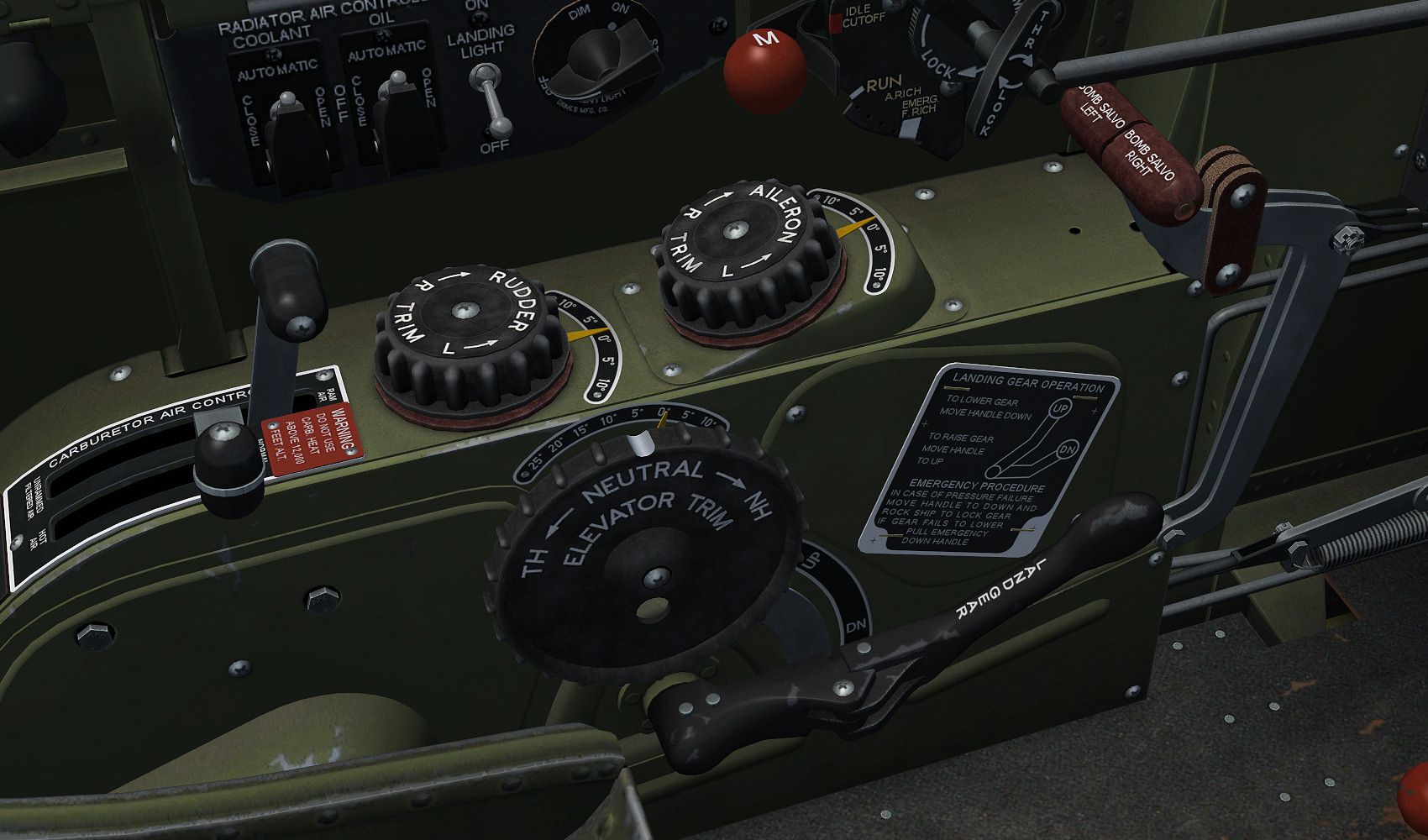
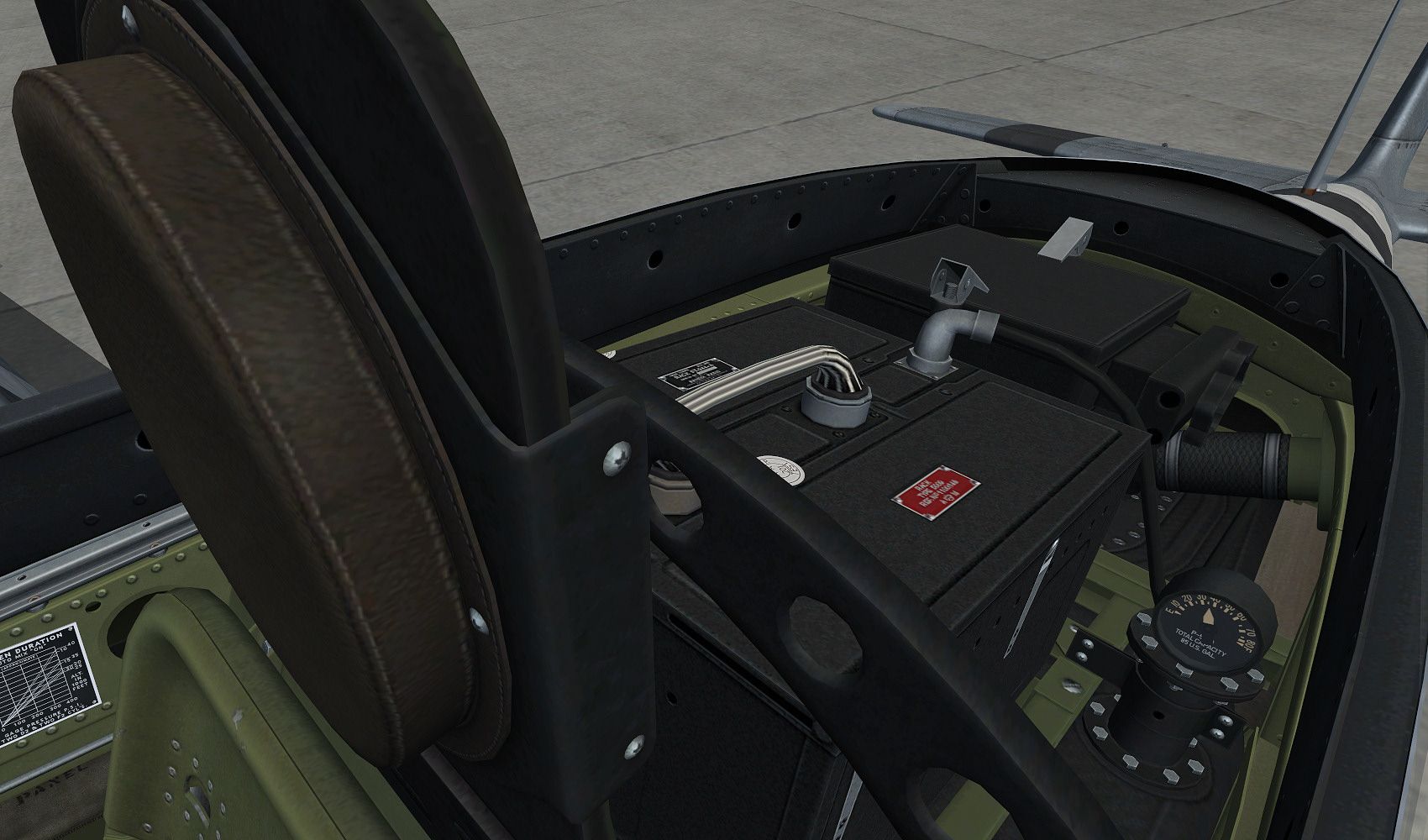


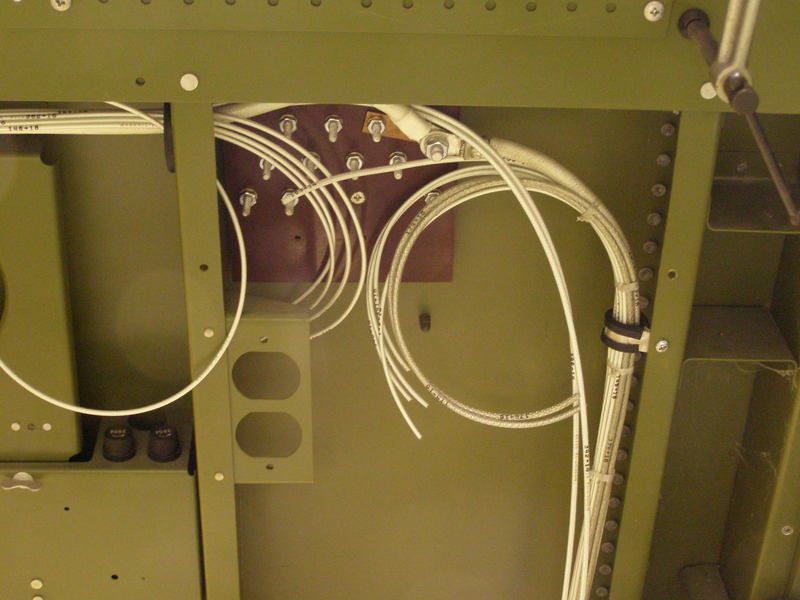
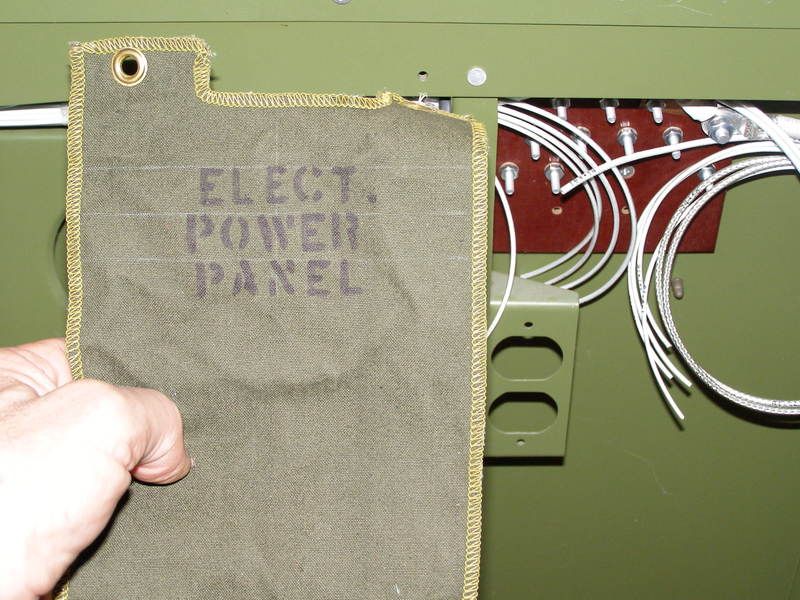
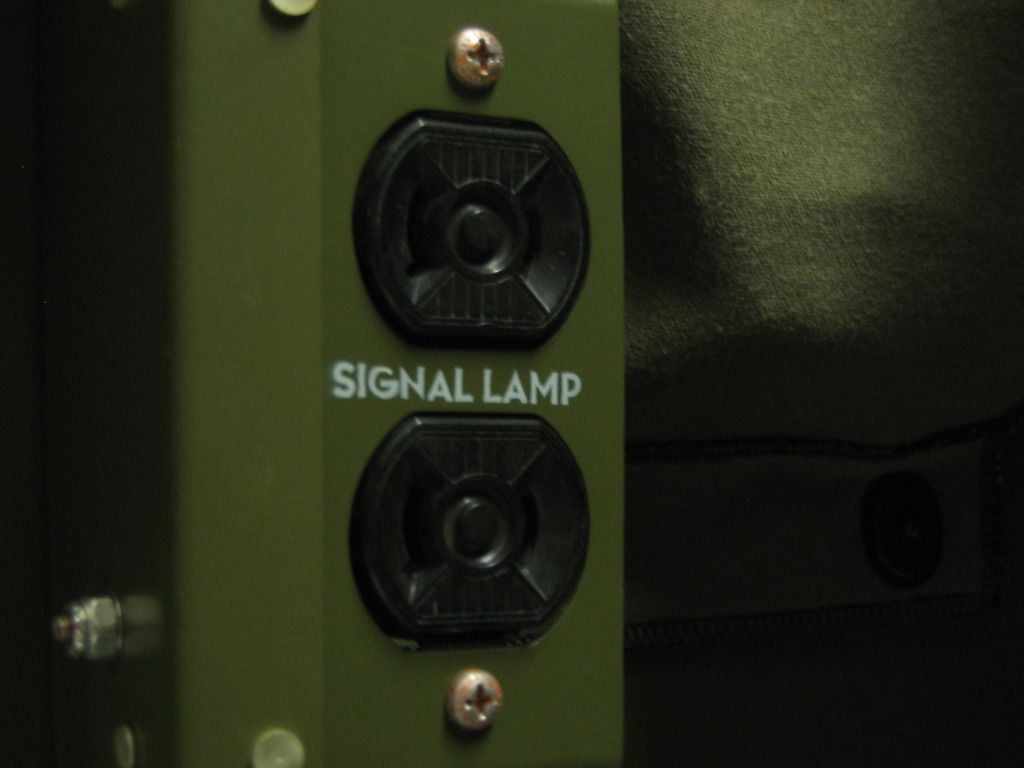
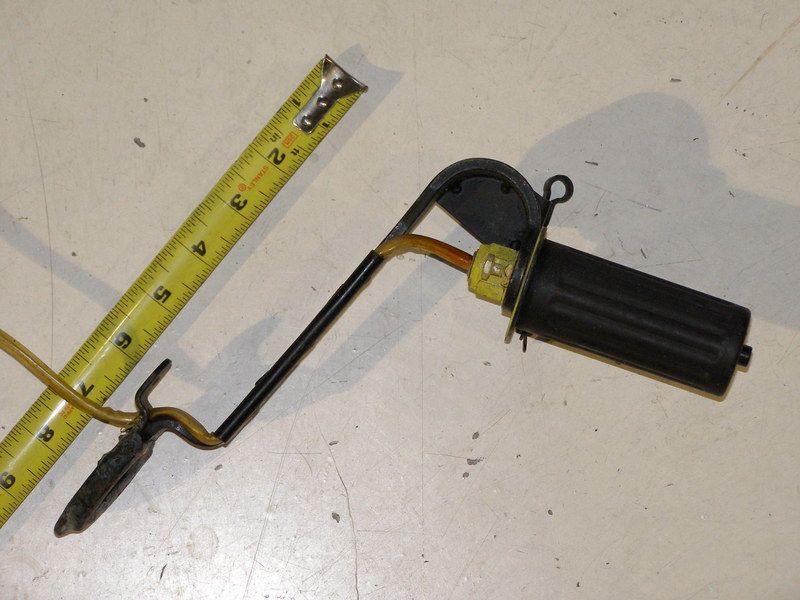
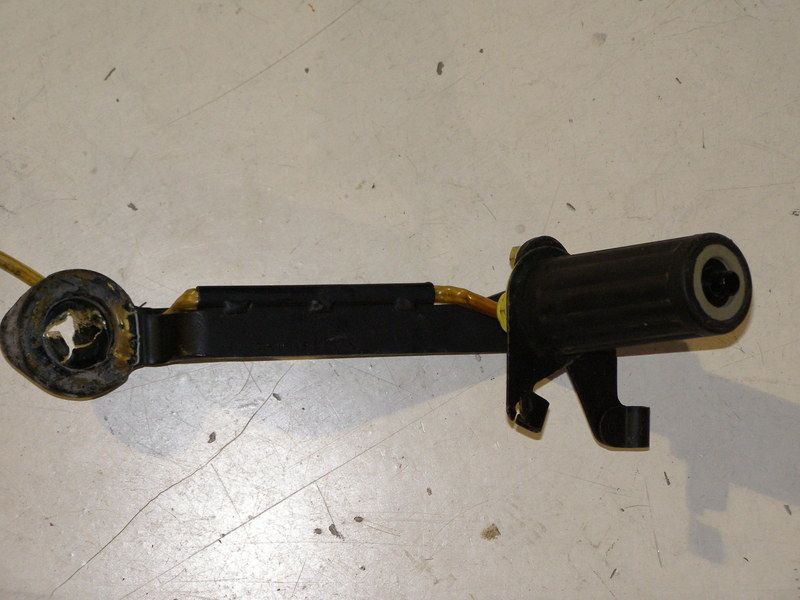

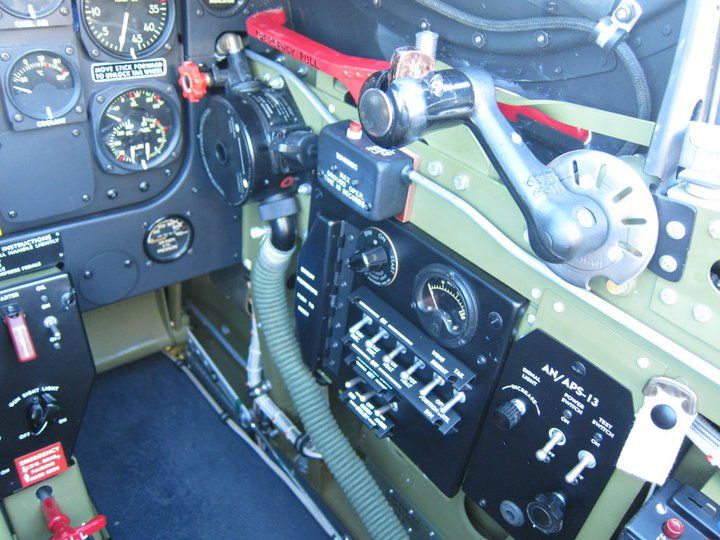
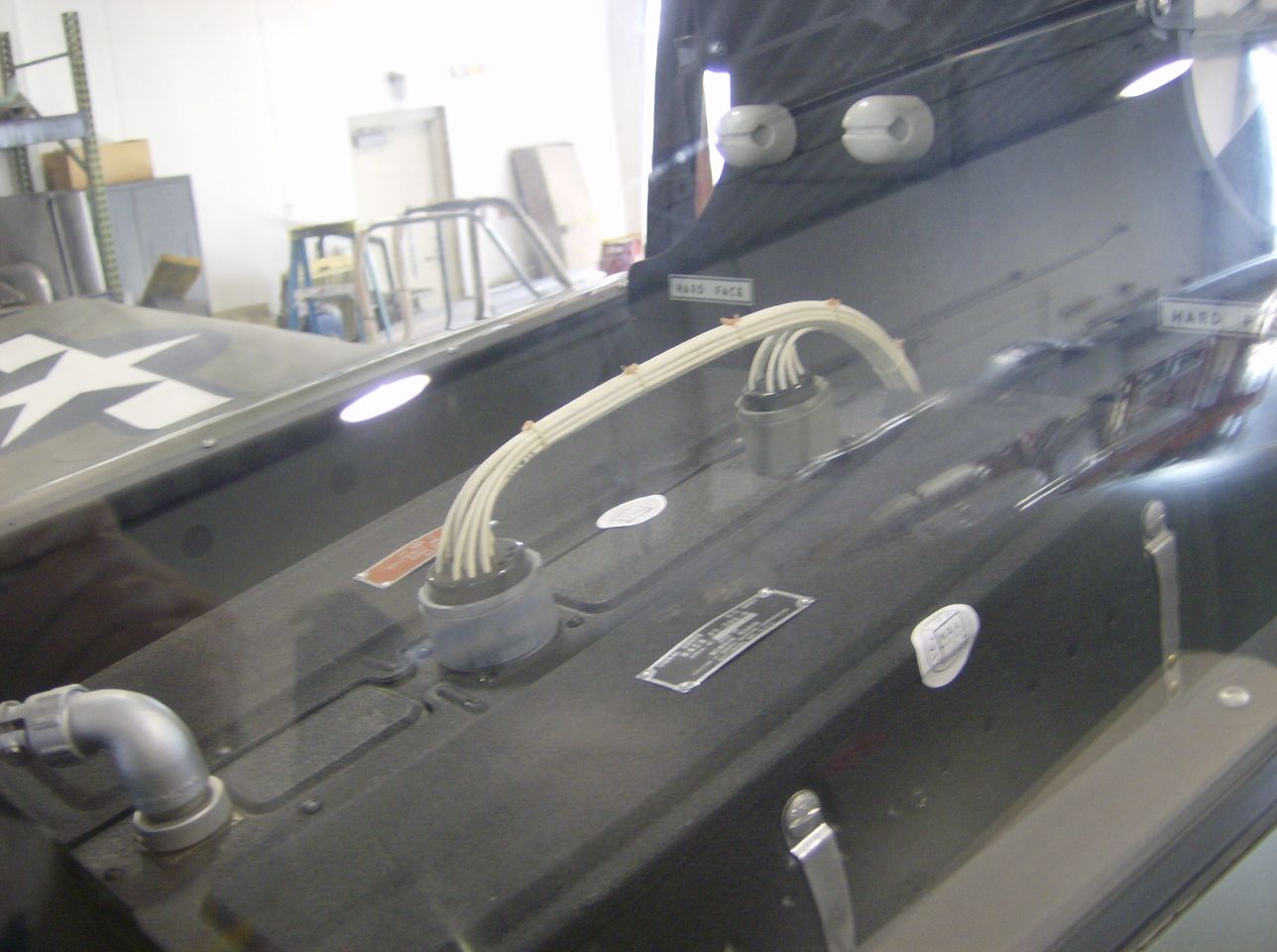
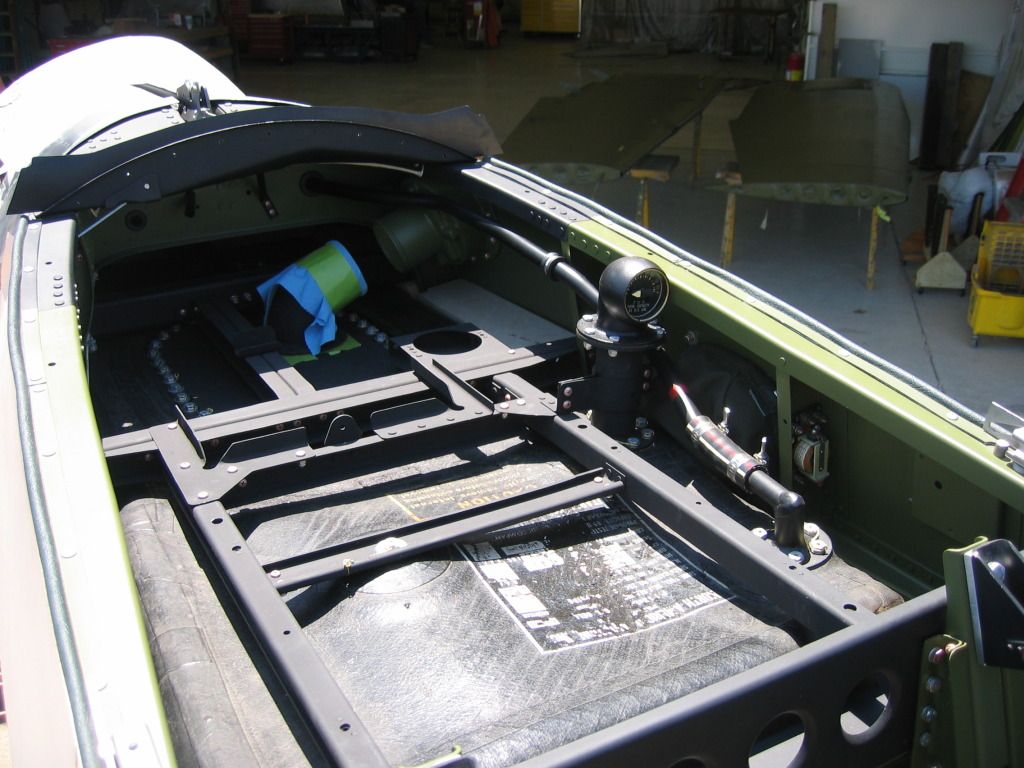
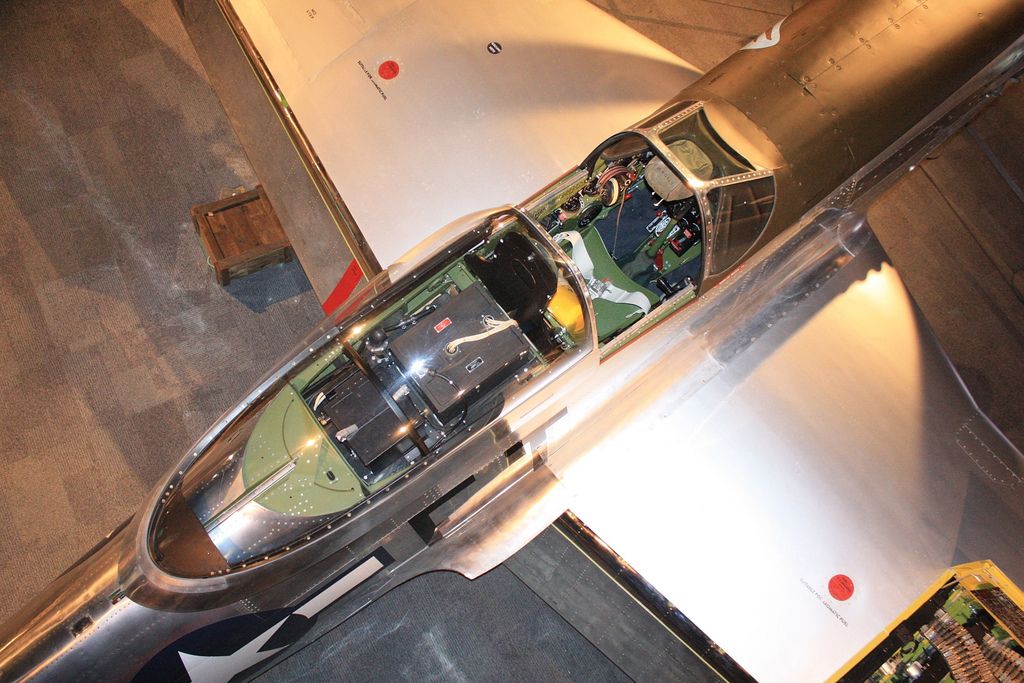

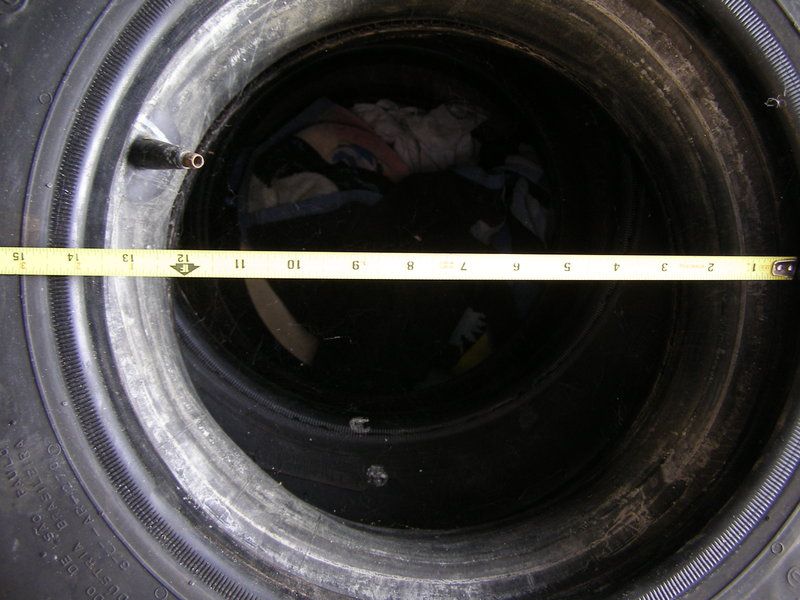
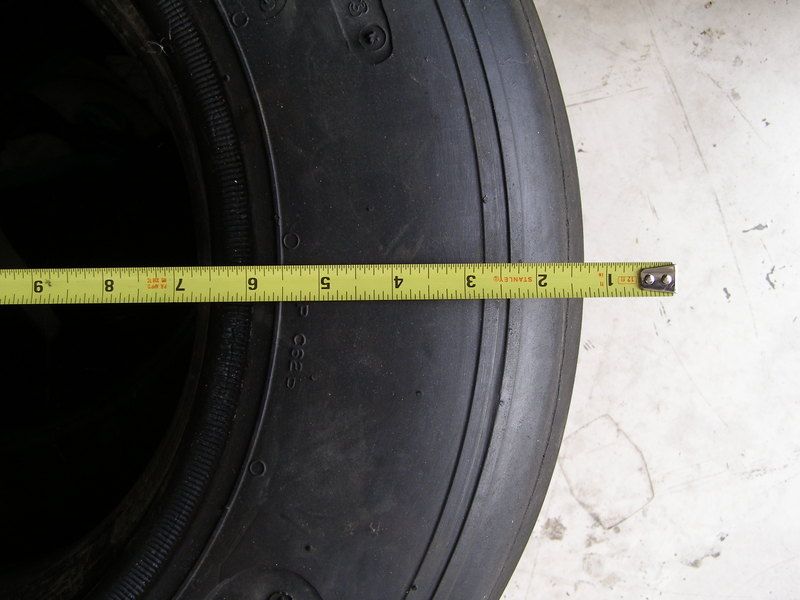
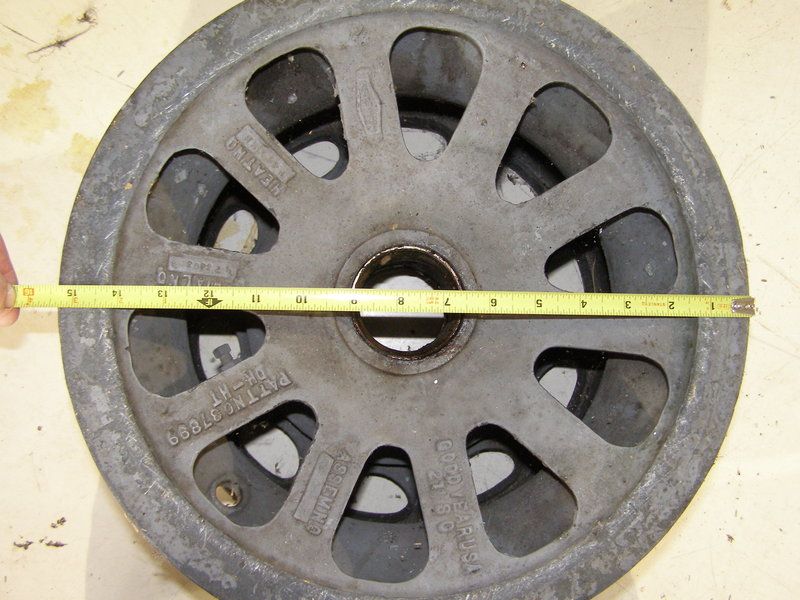
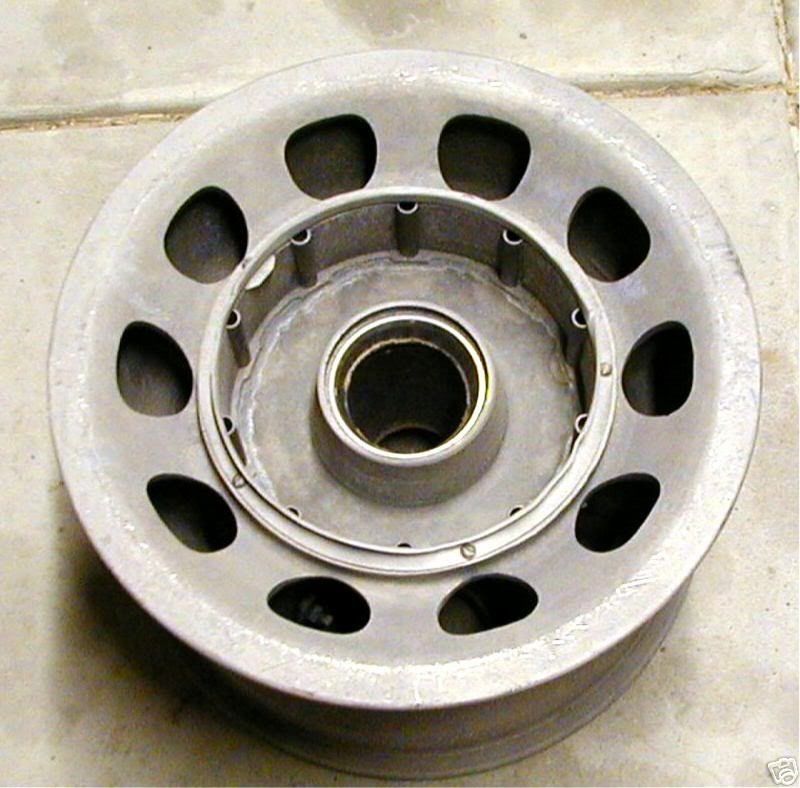

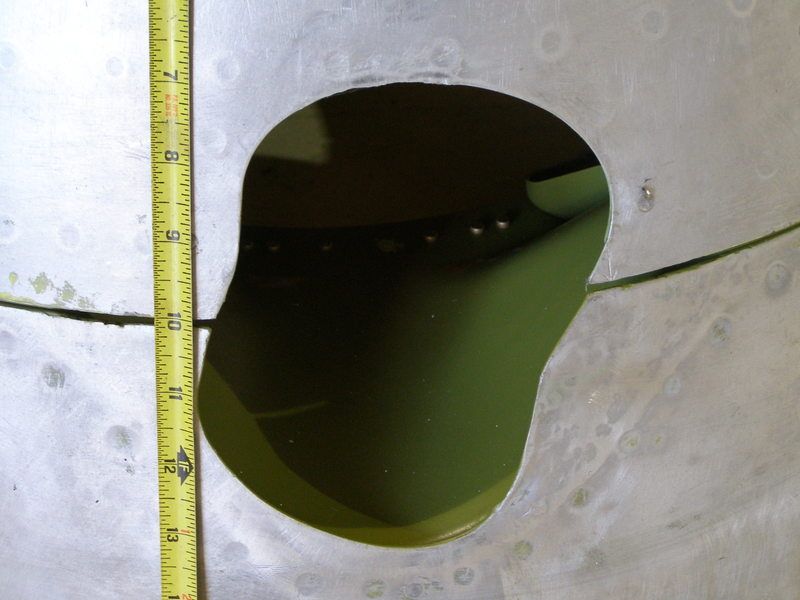
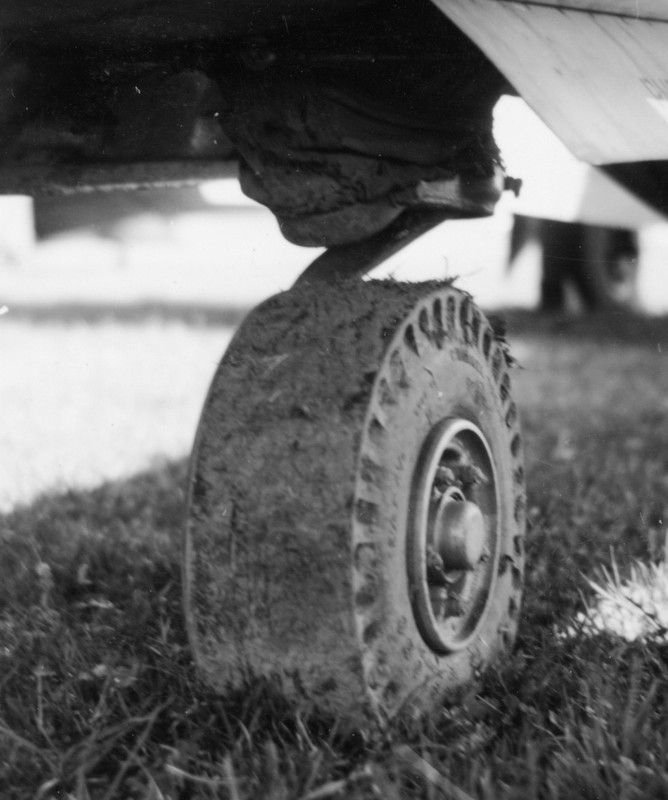

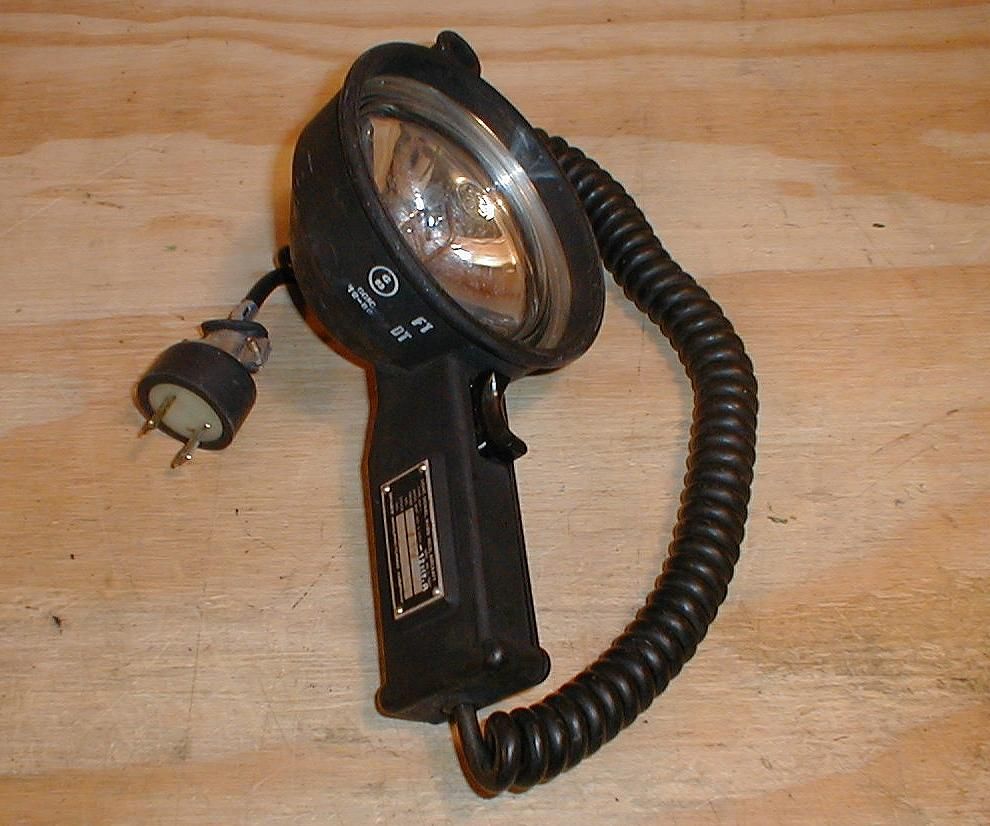

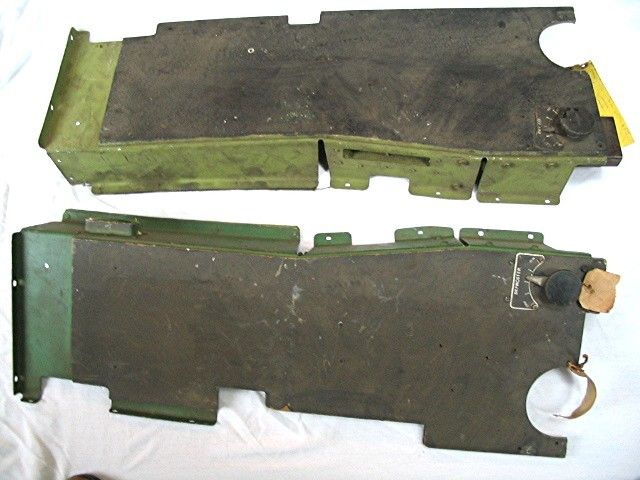
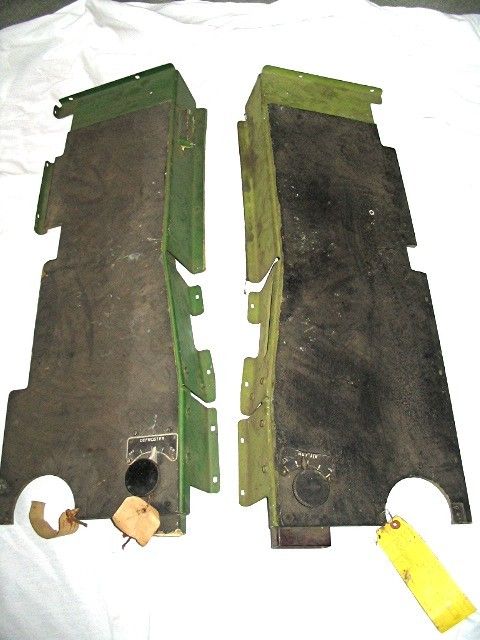
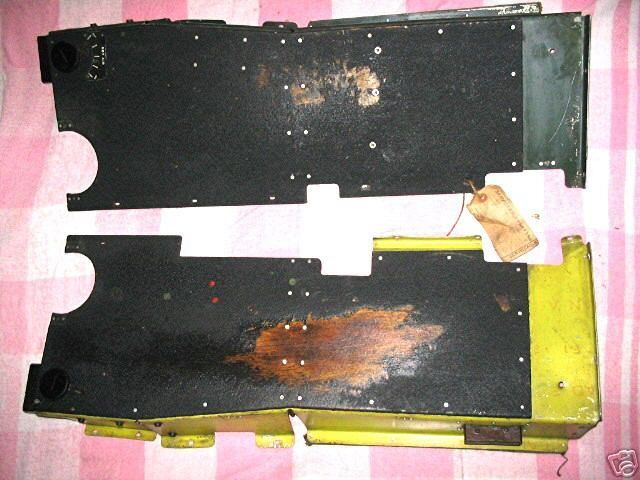
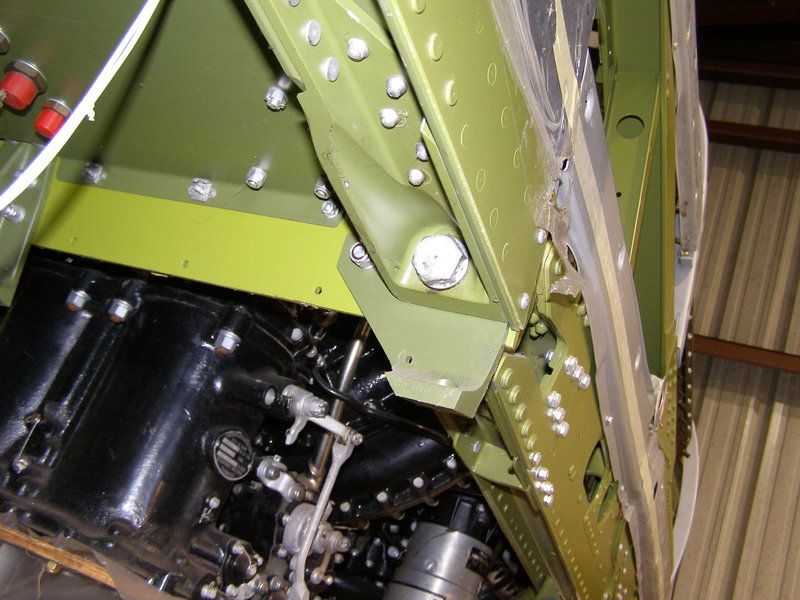
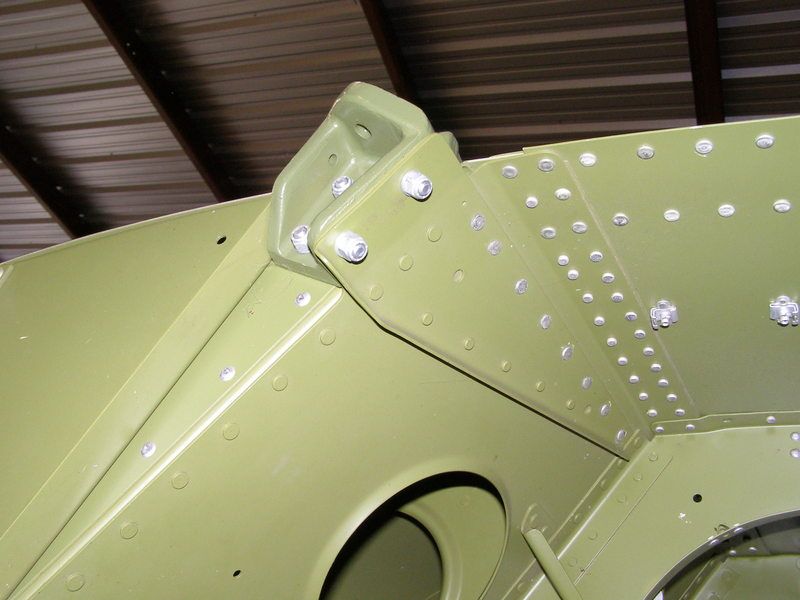
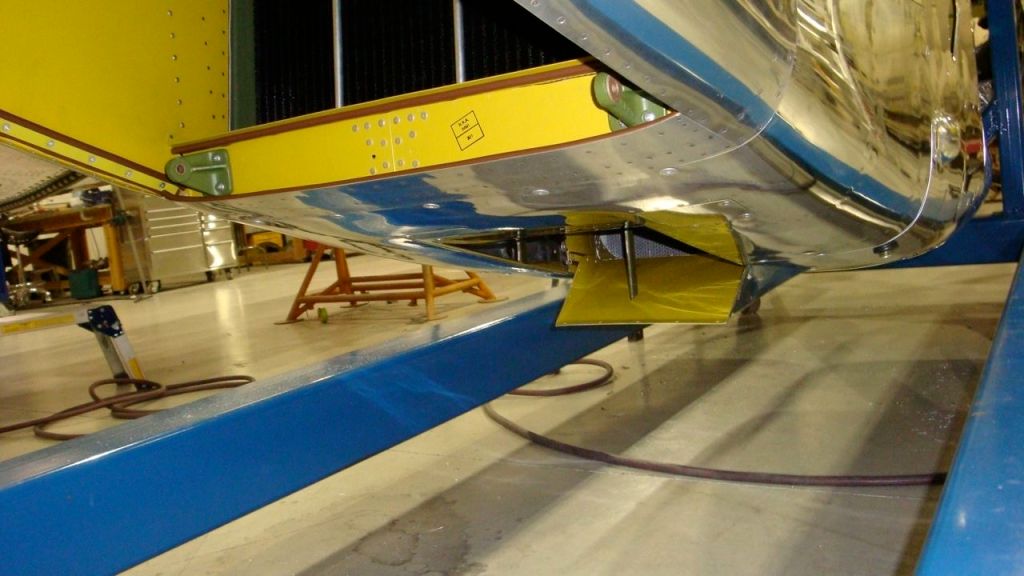

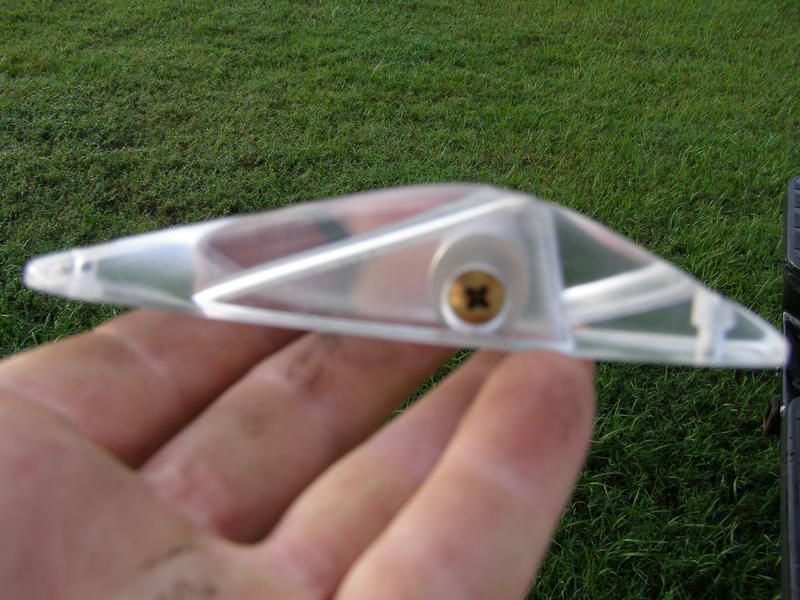
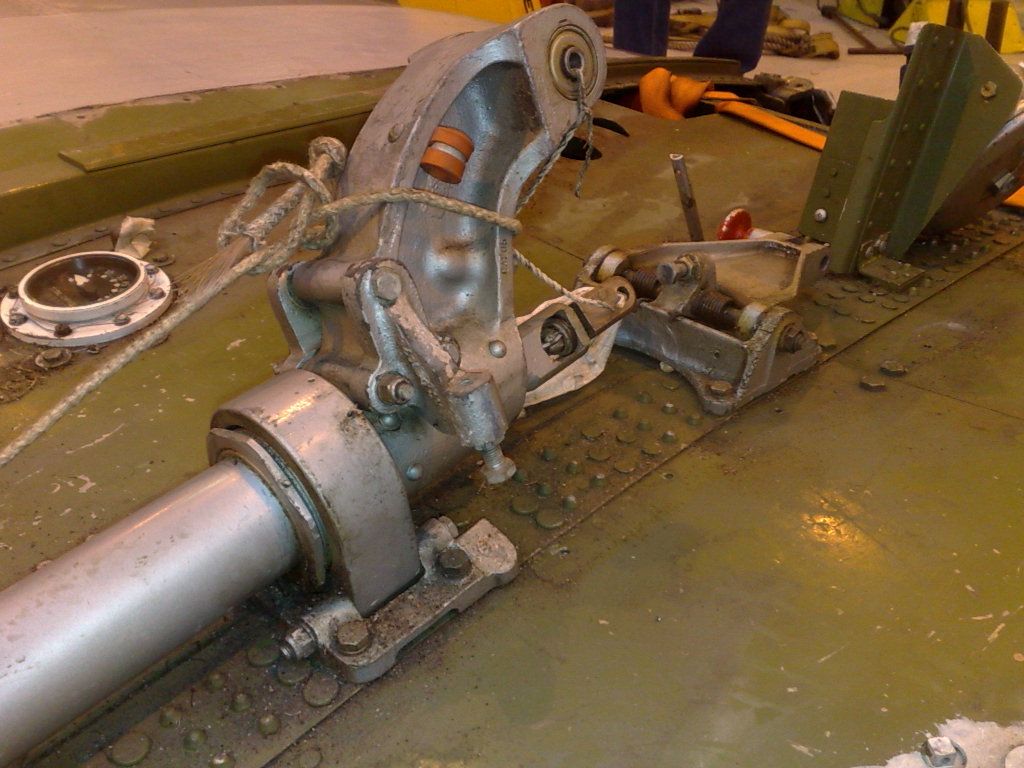
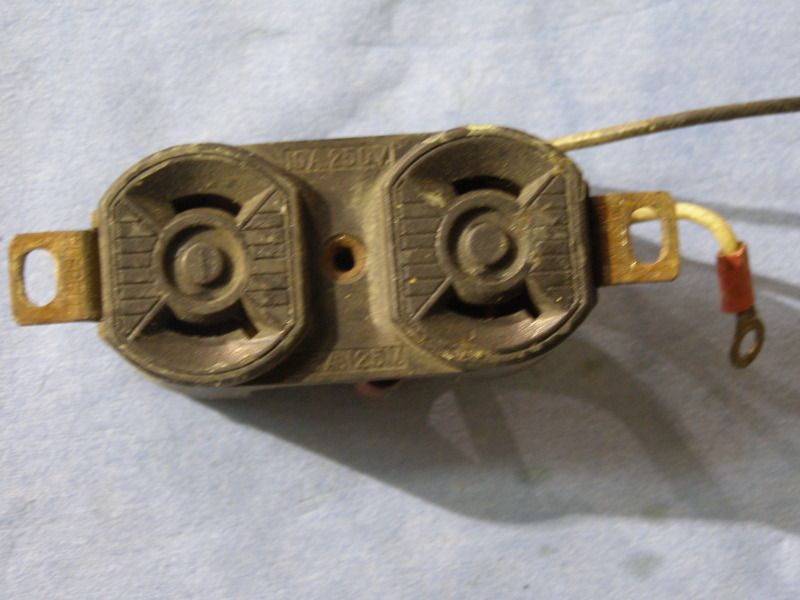



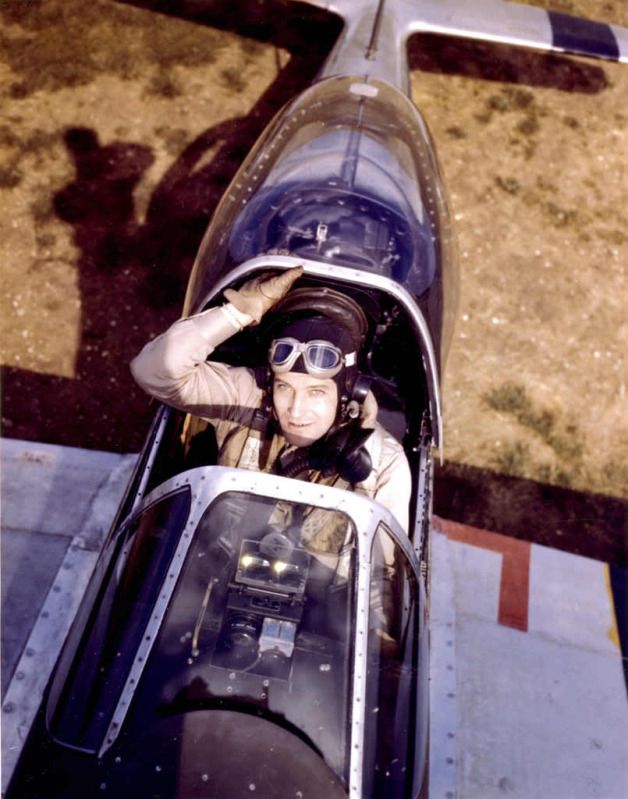

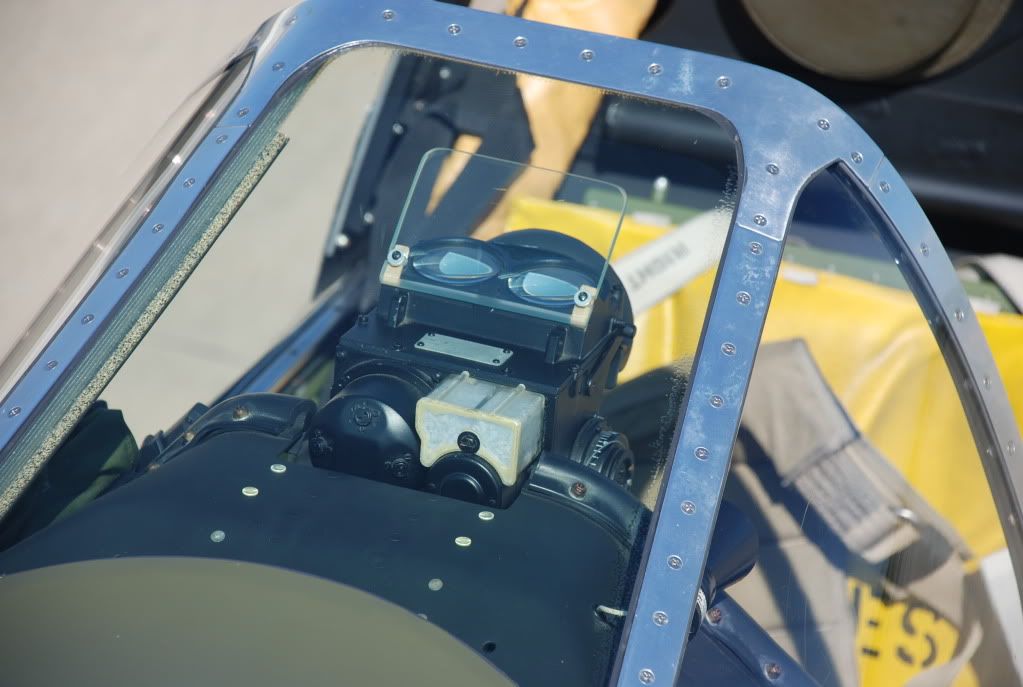
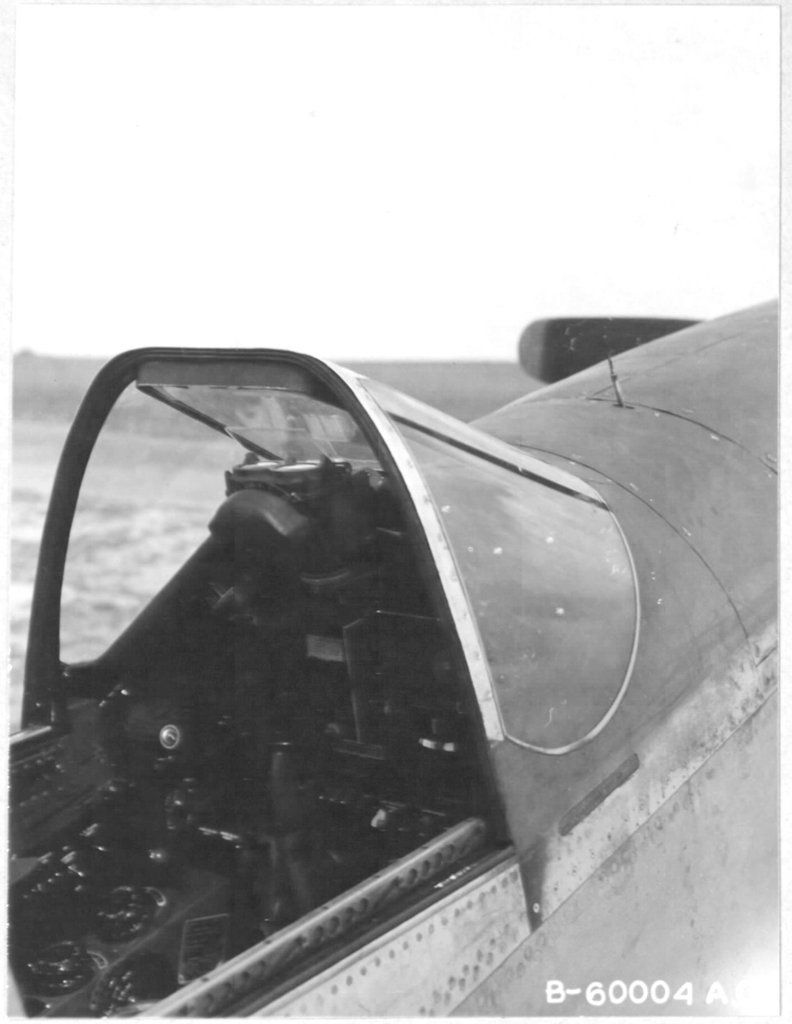

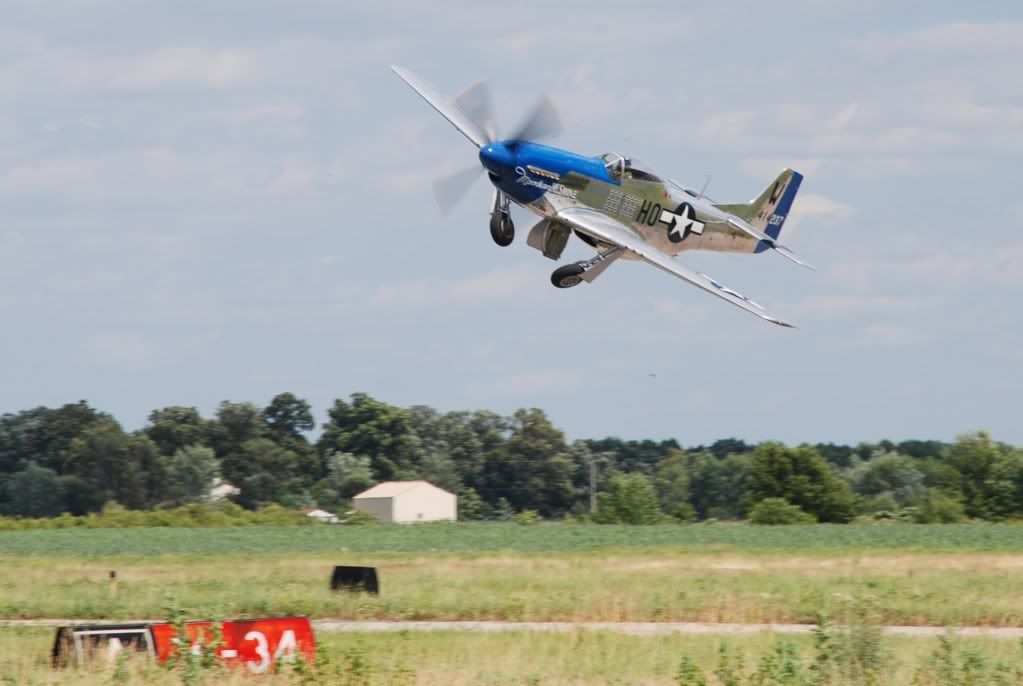
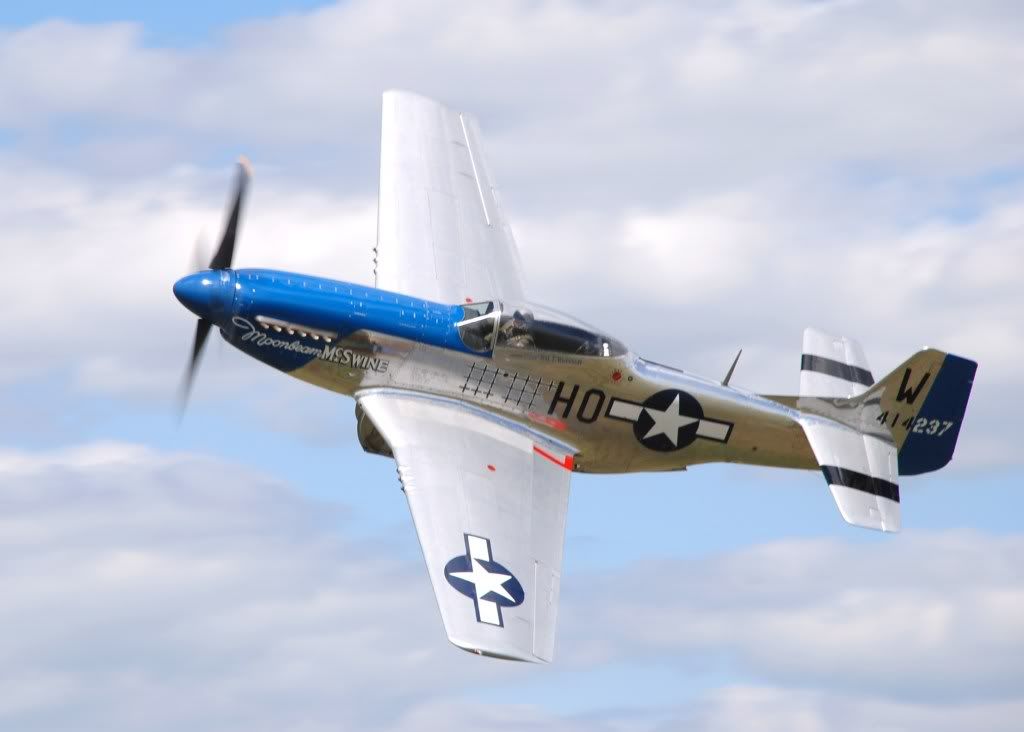
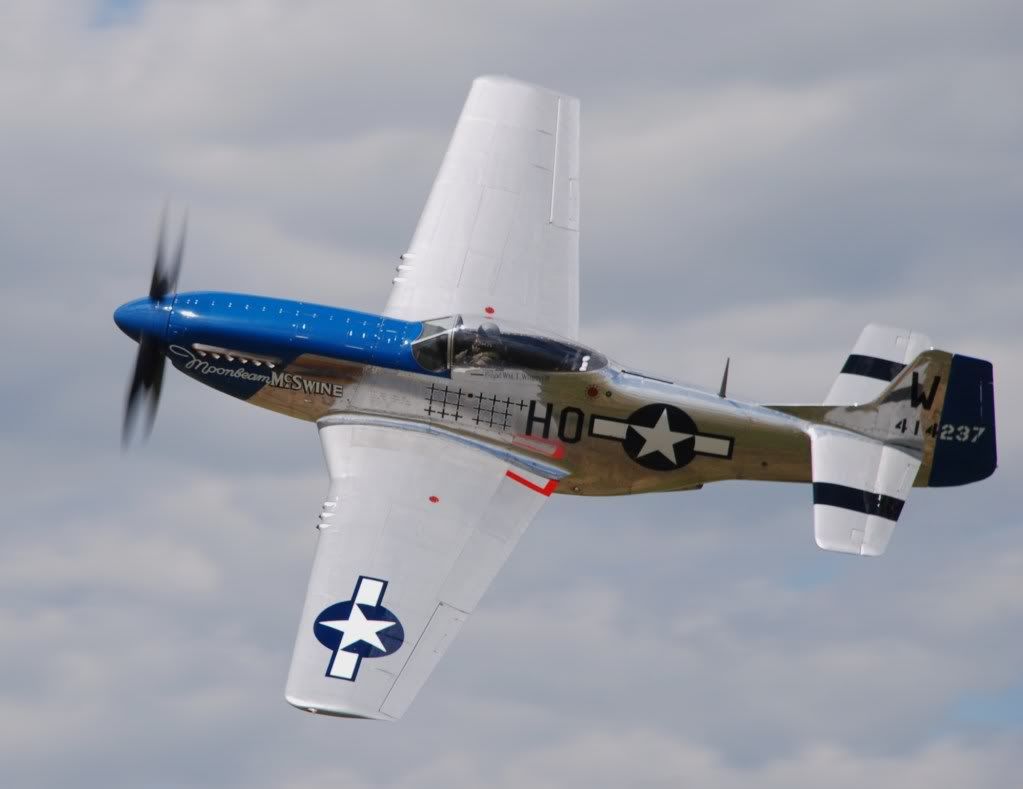
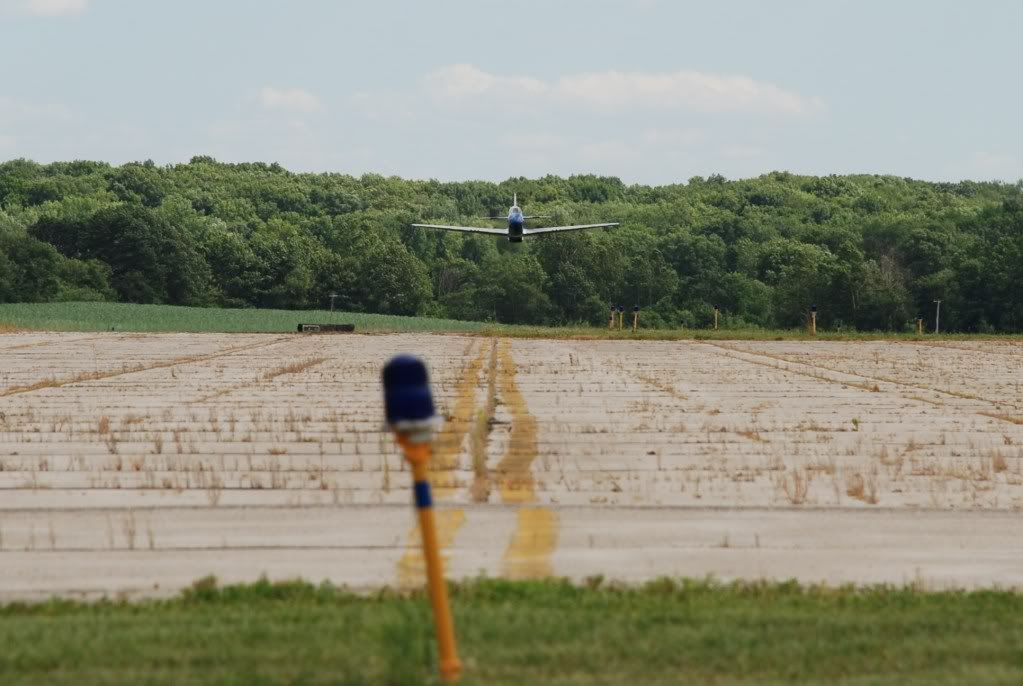
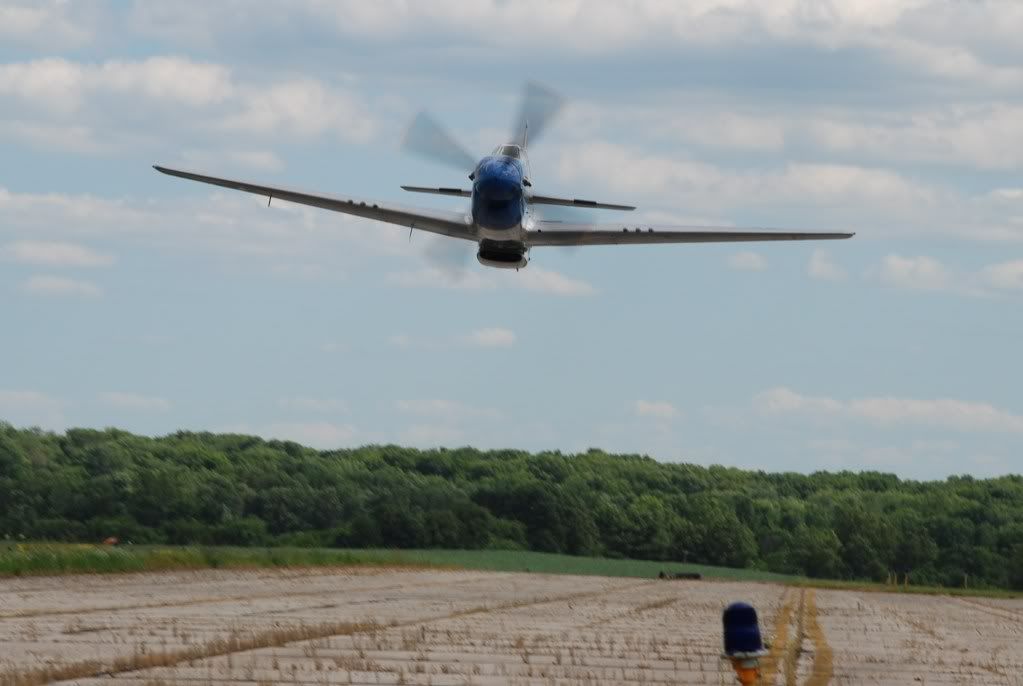
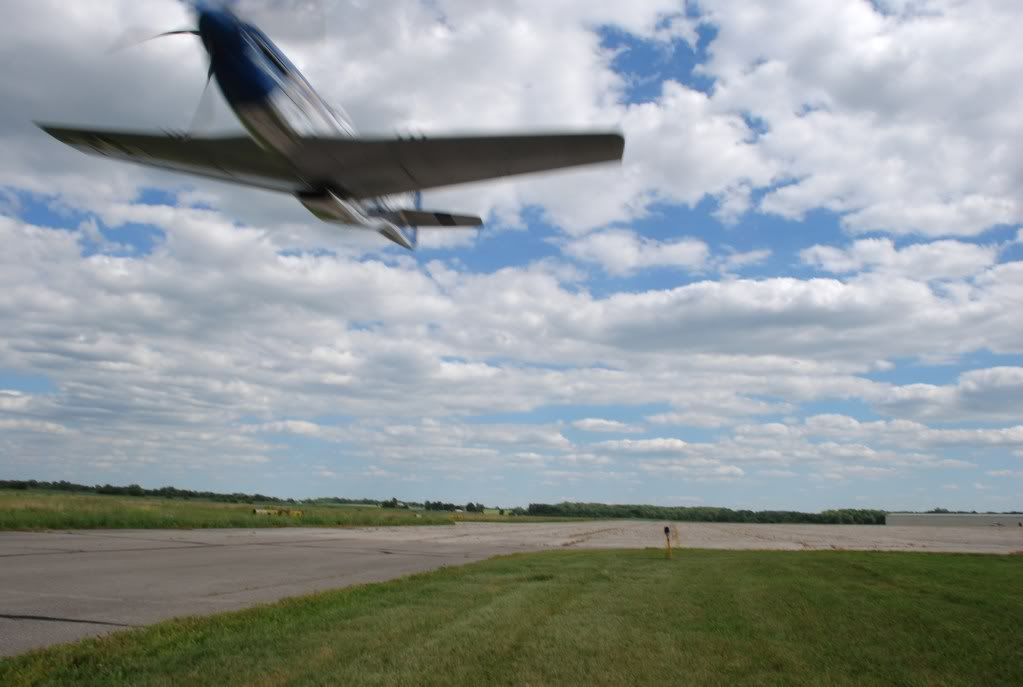
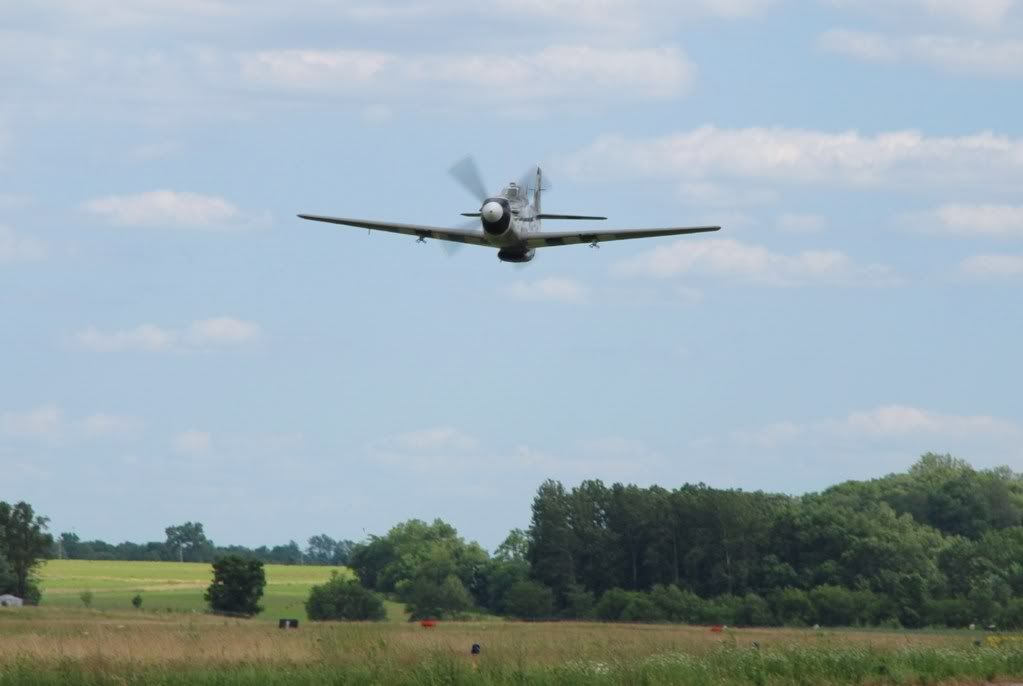
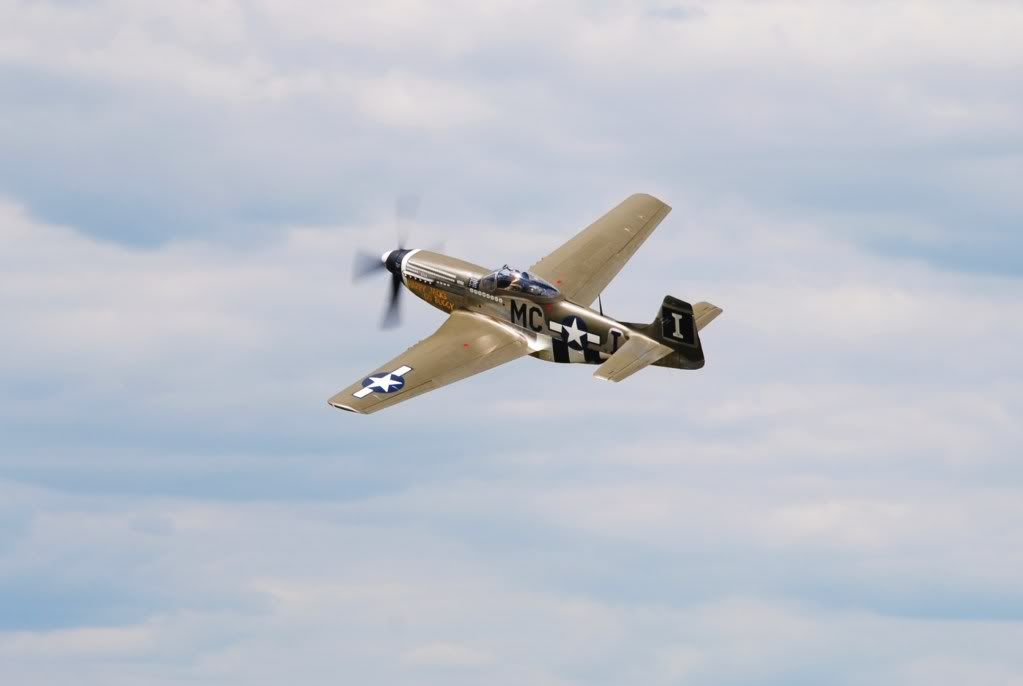
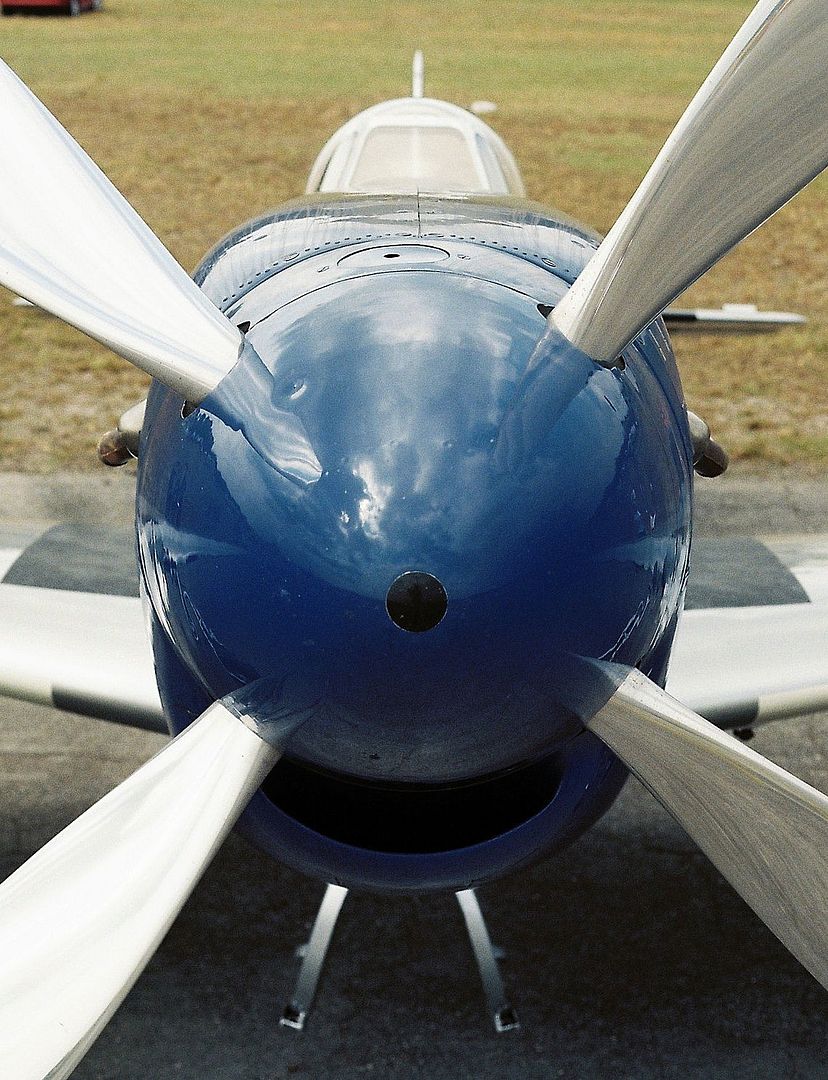



Bookmarks